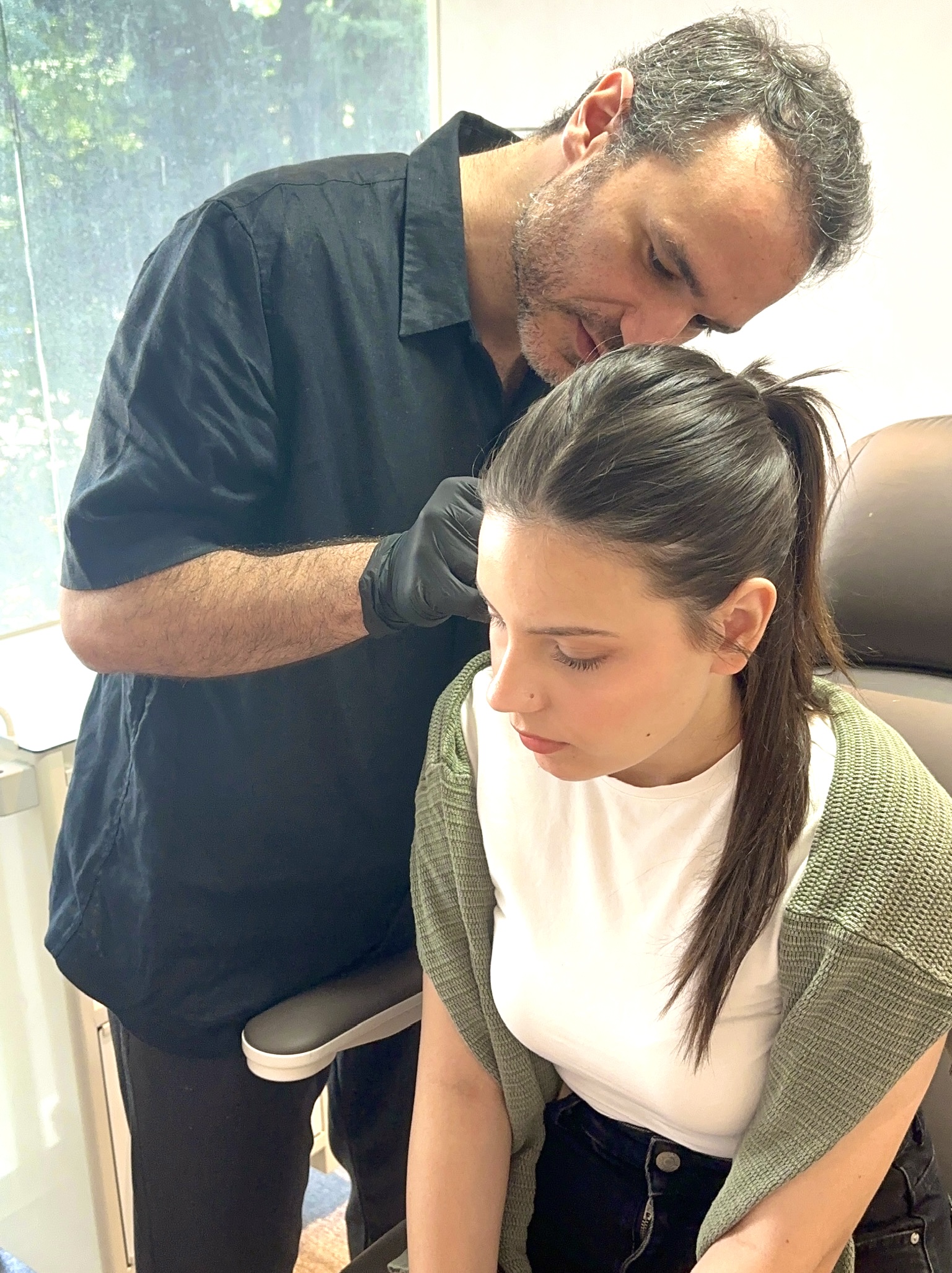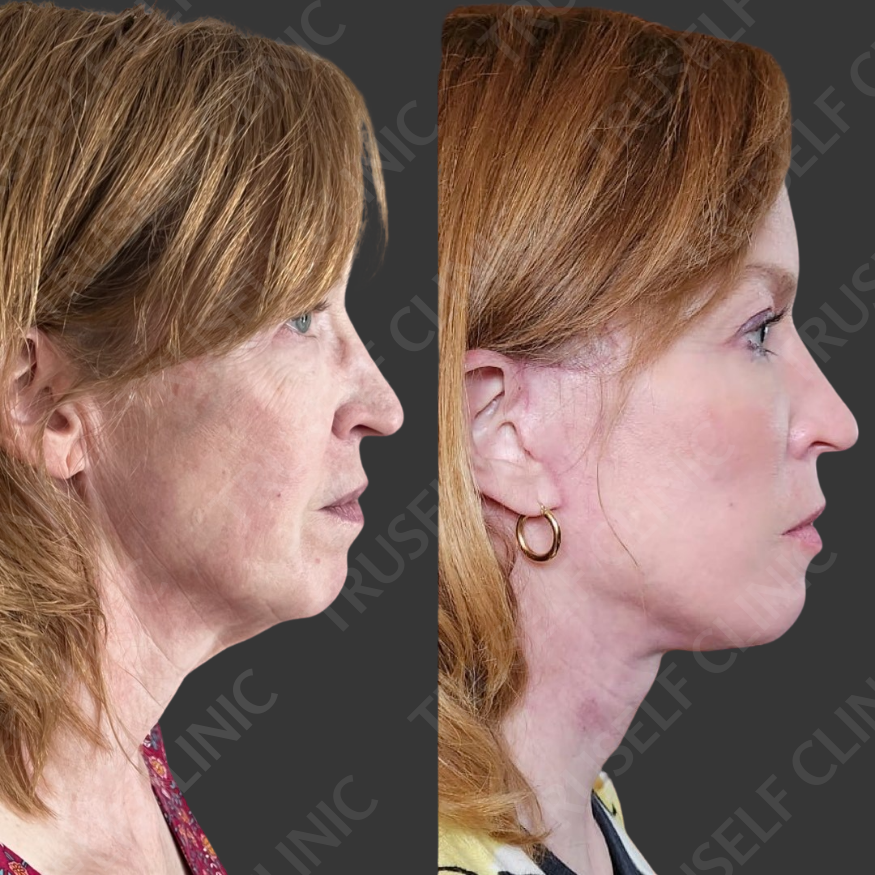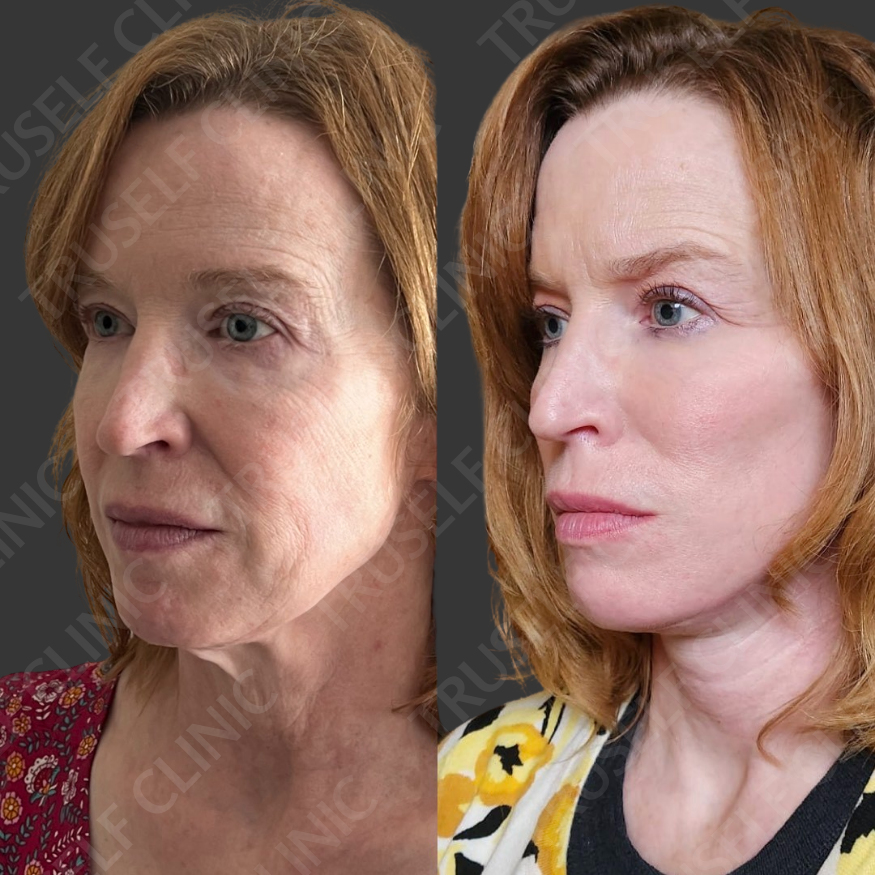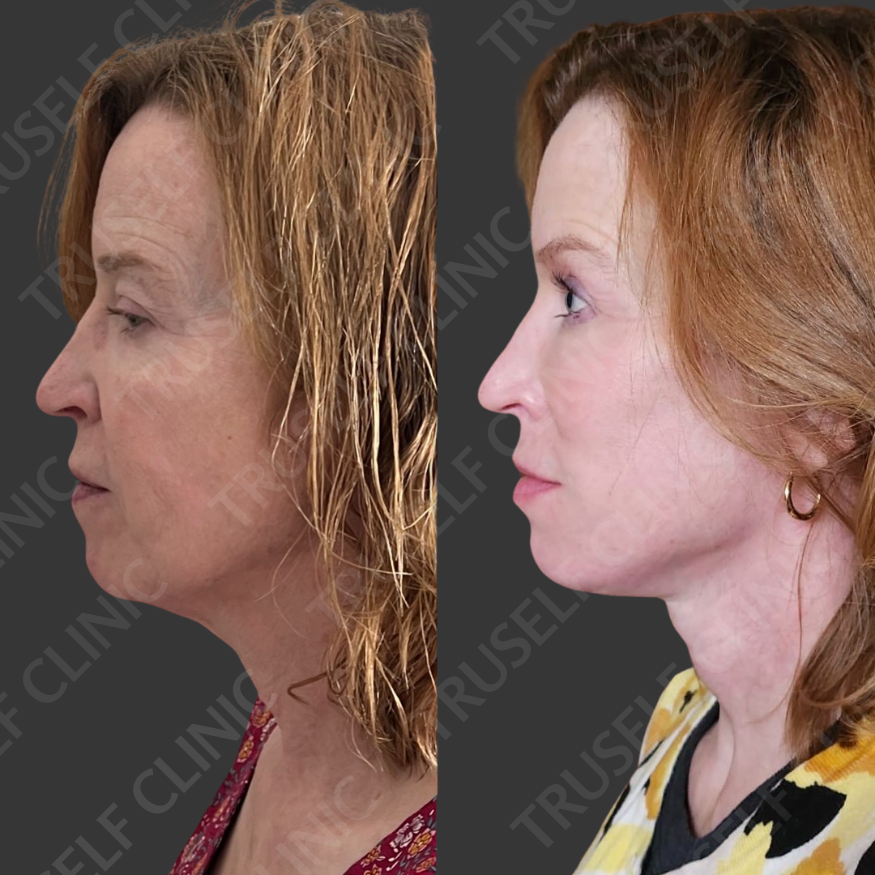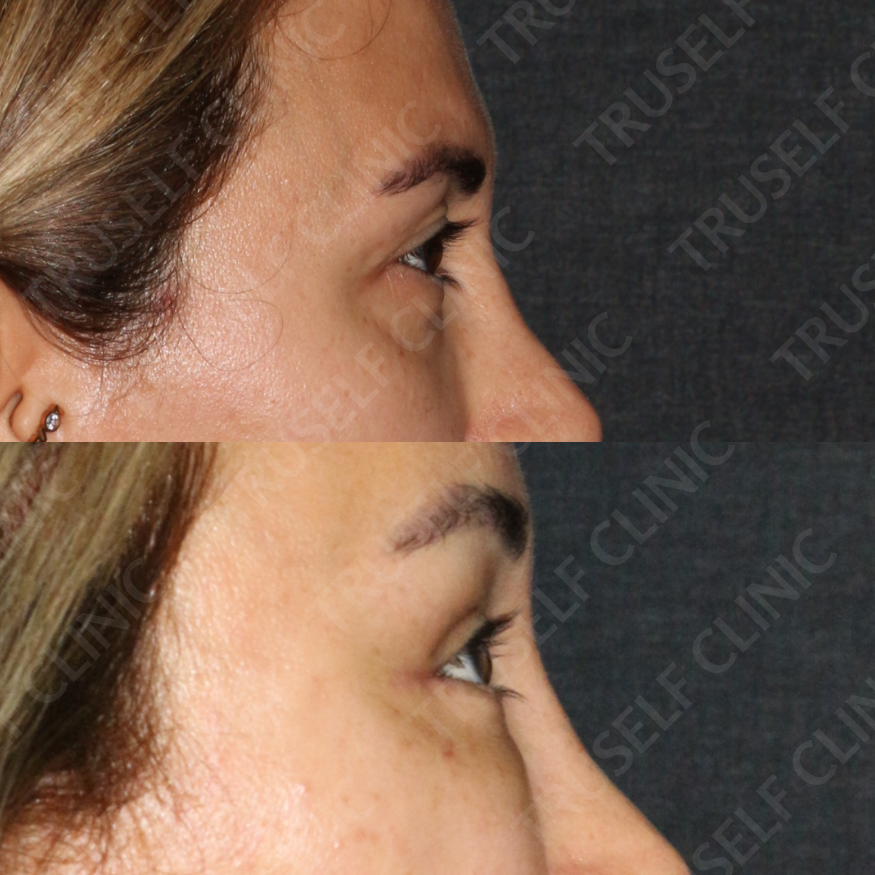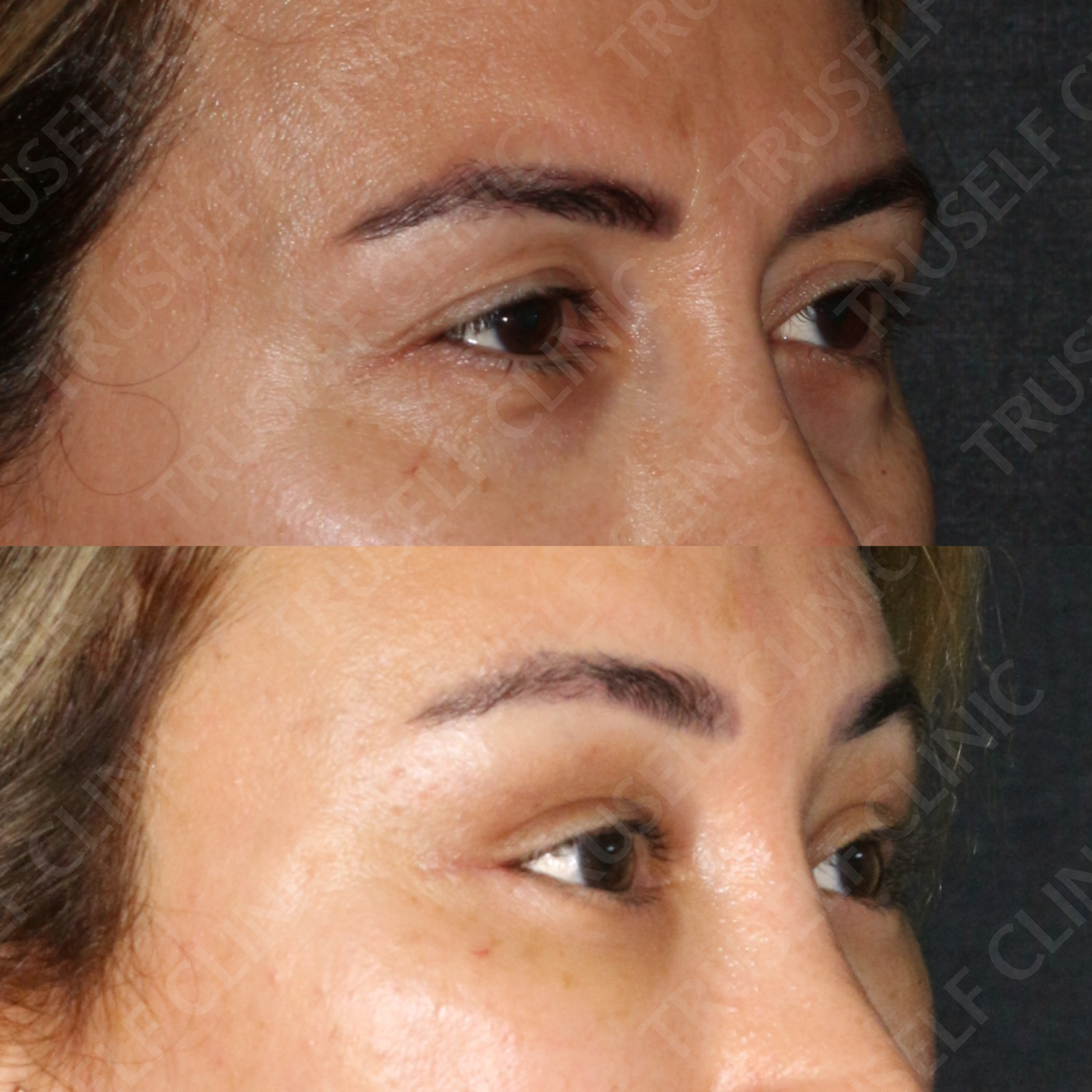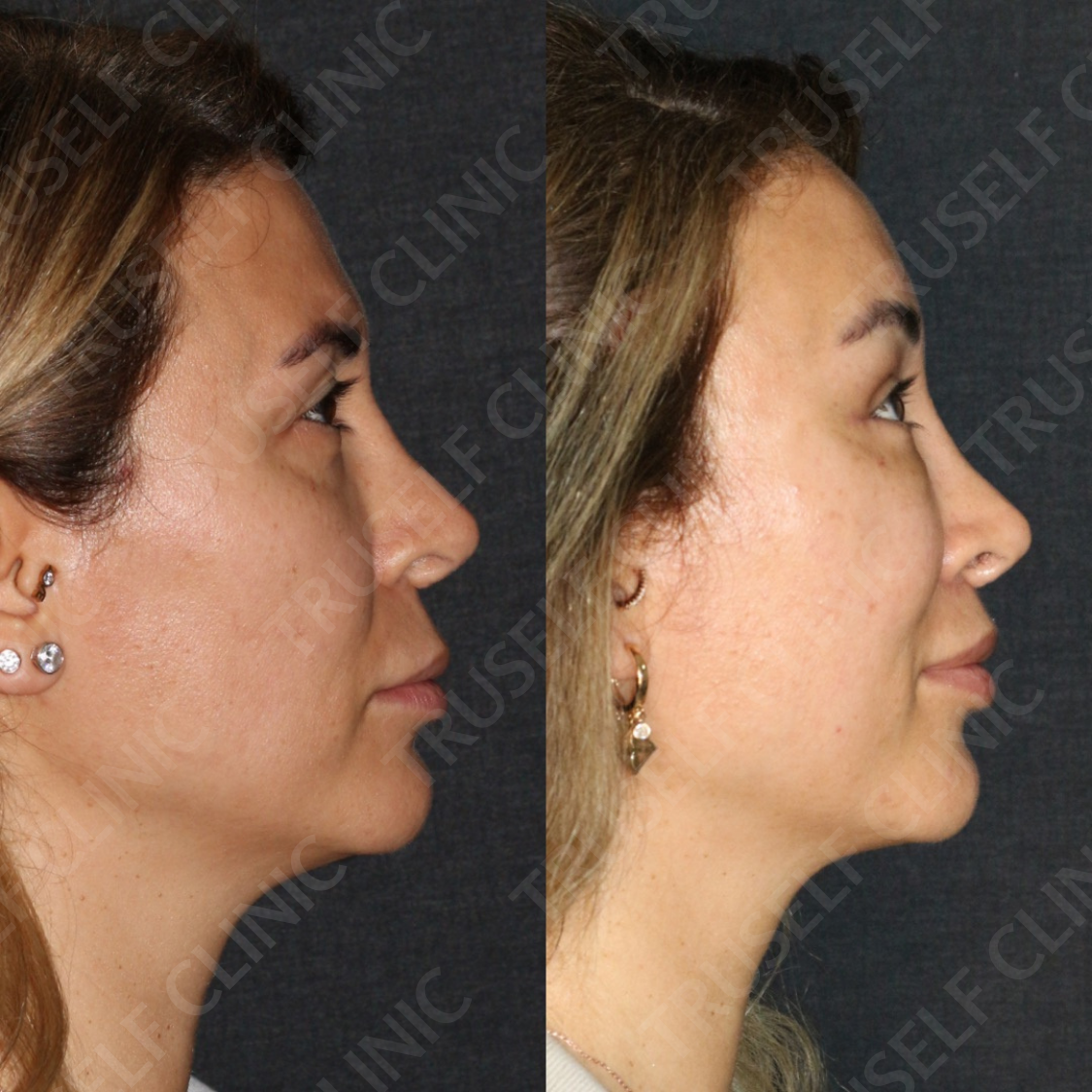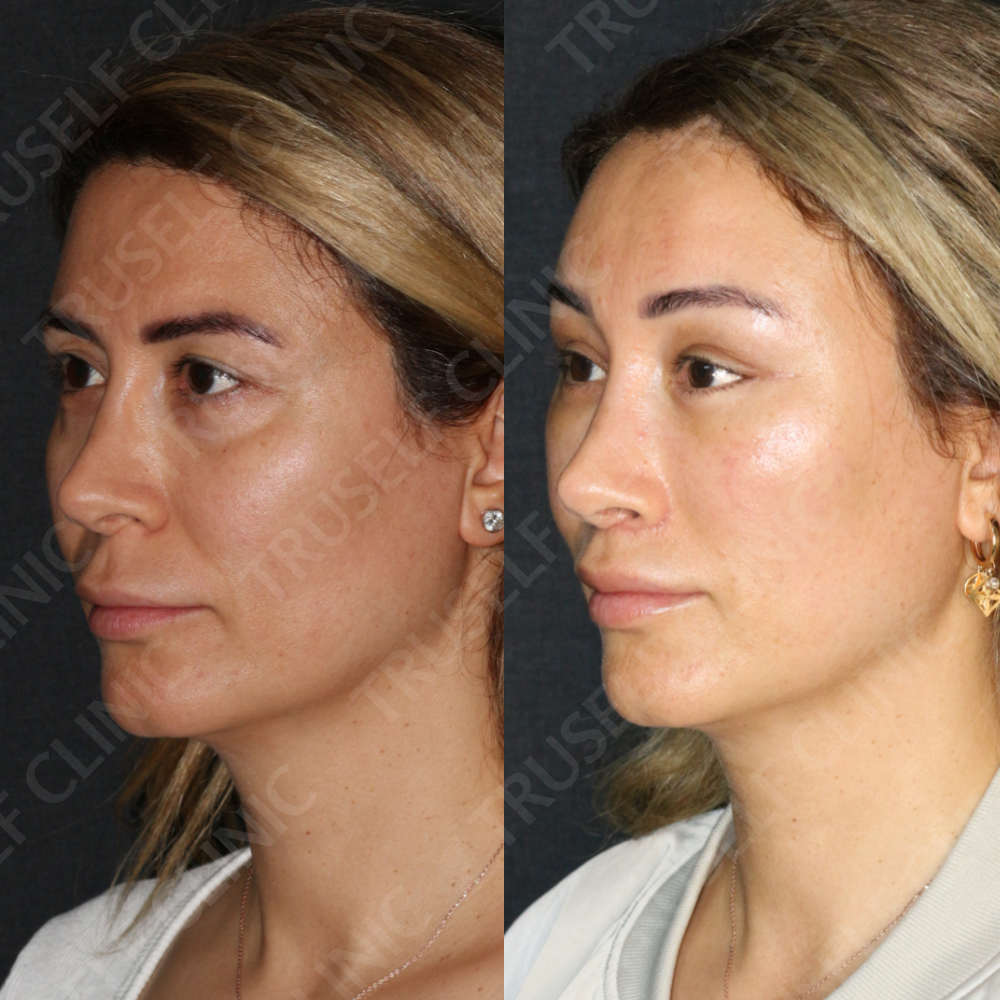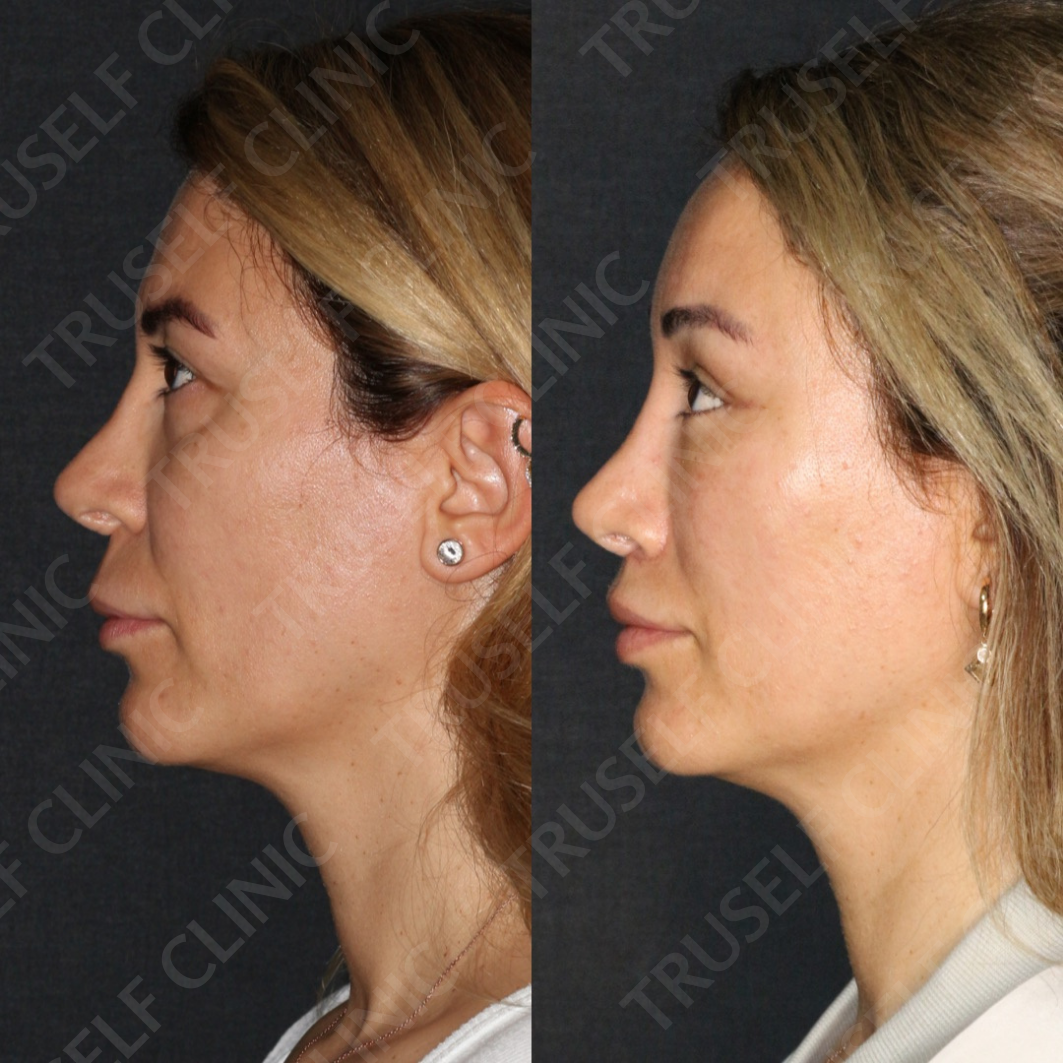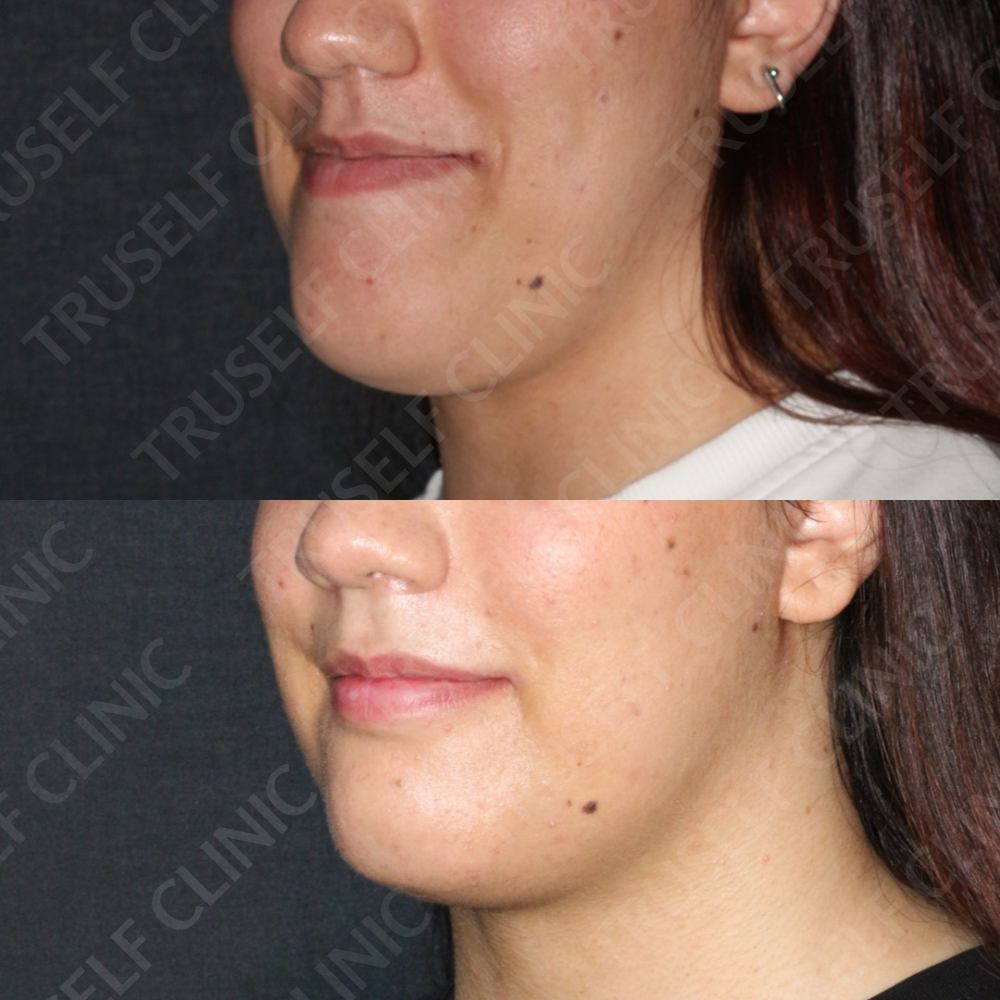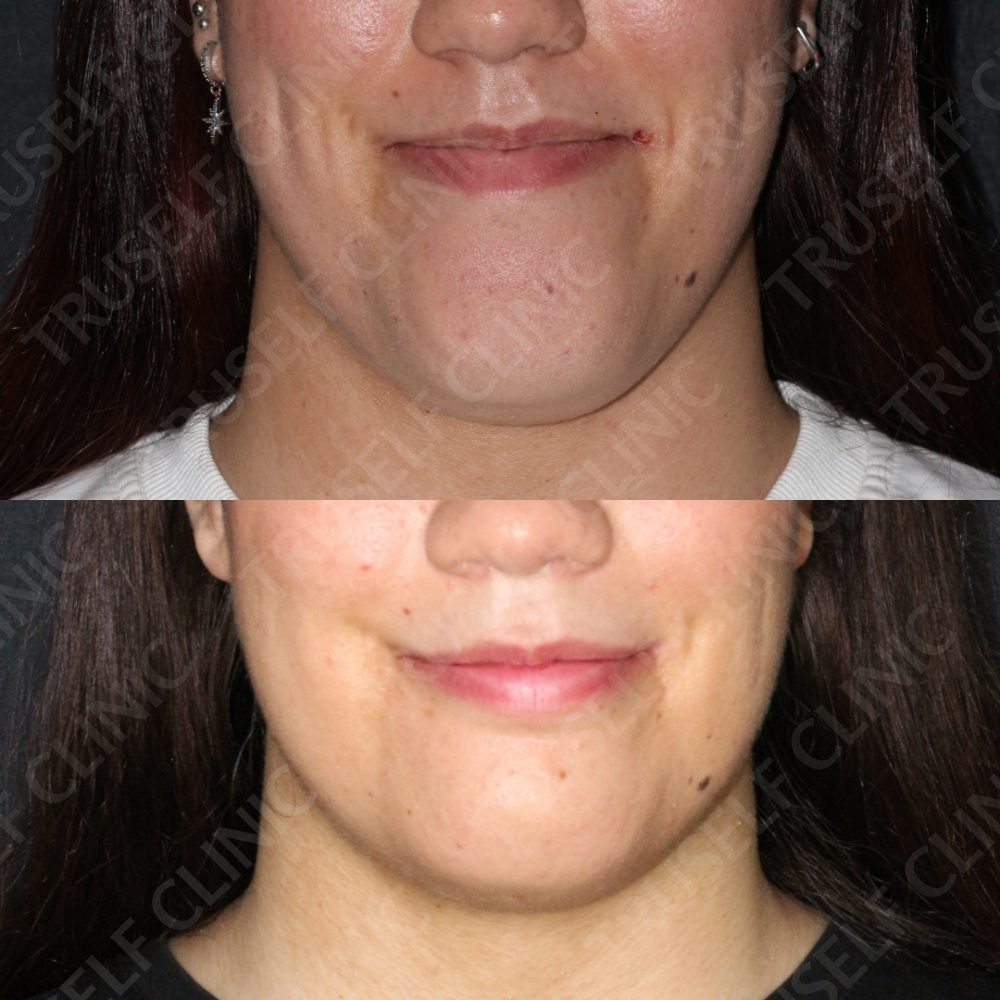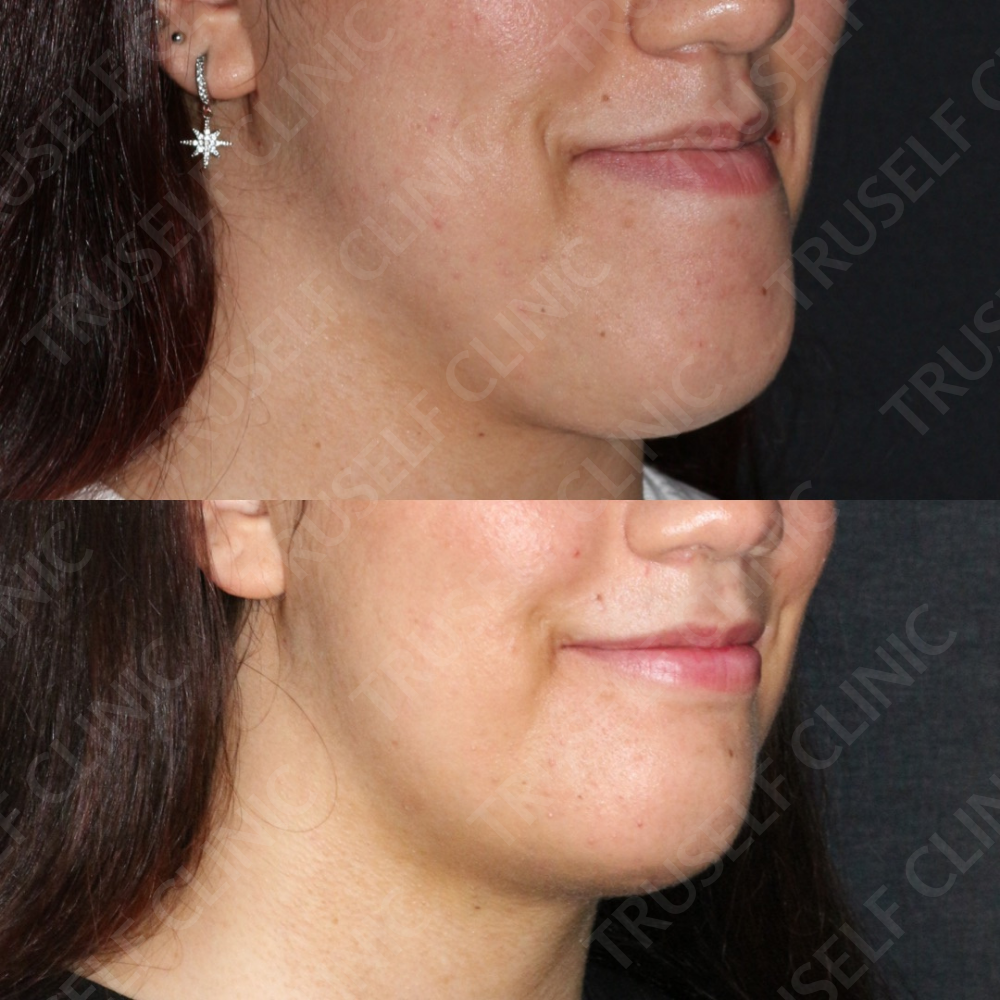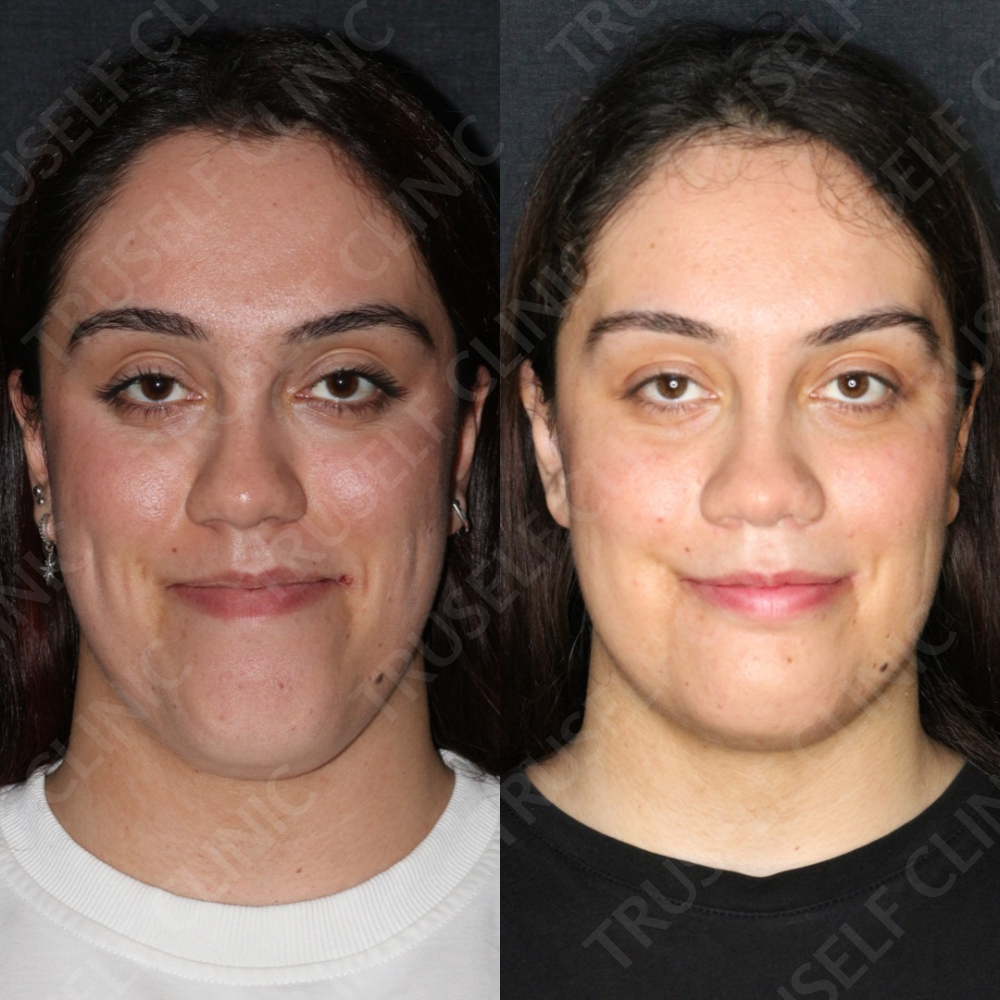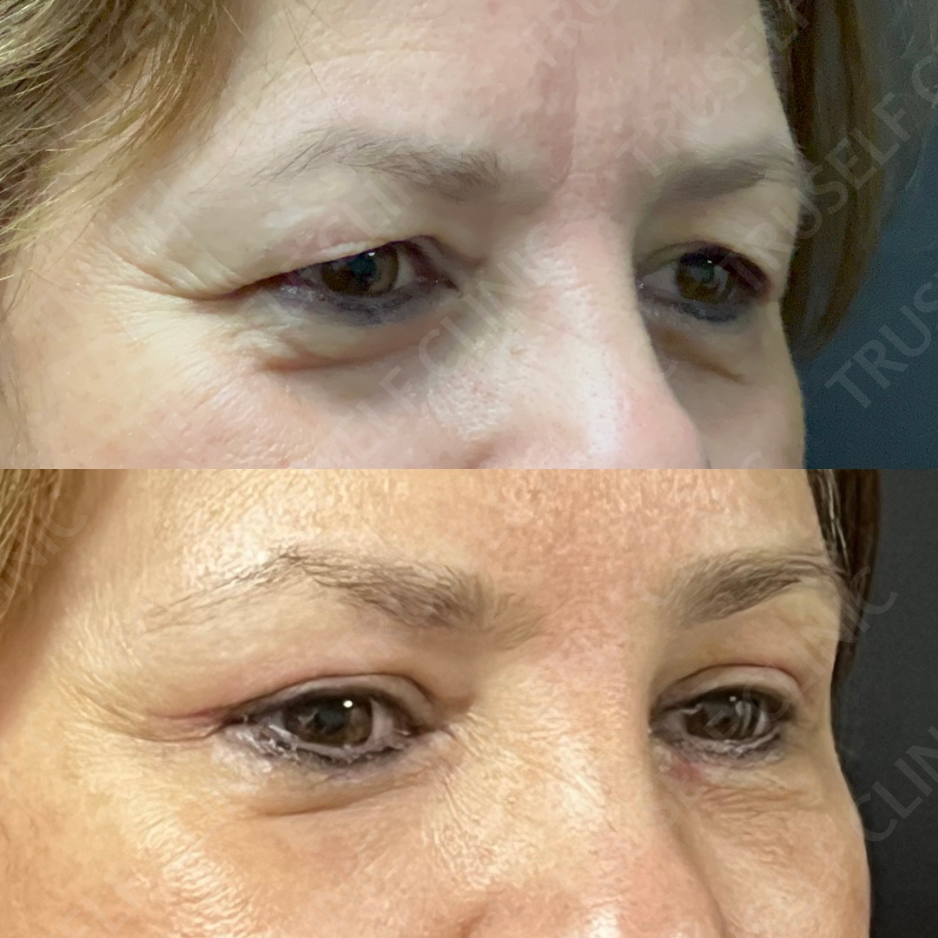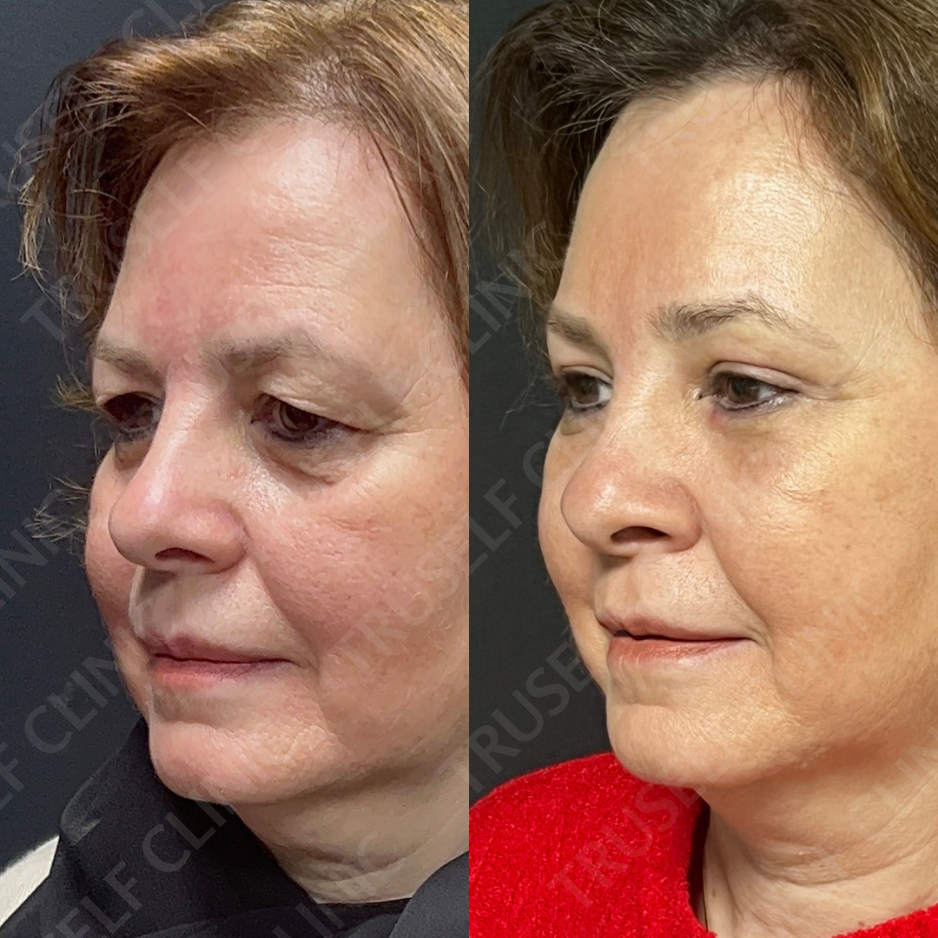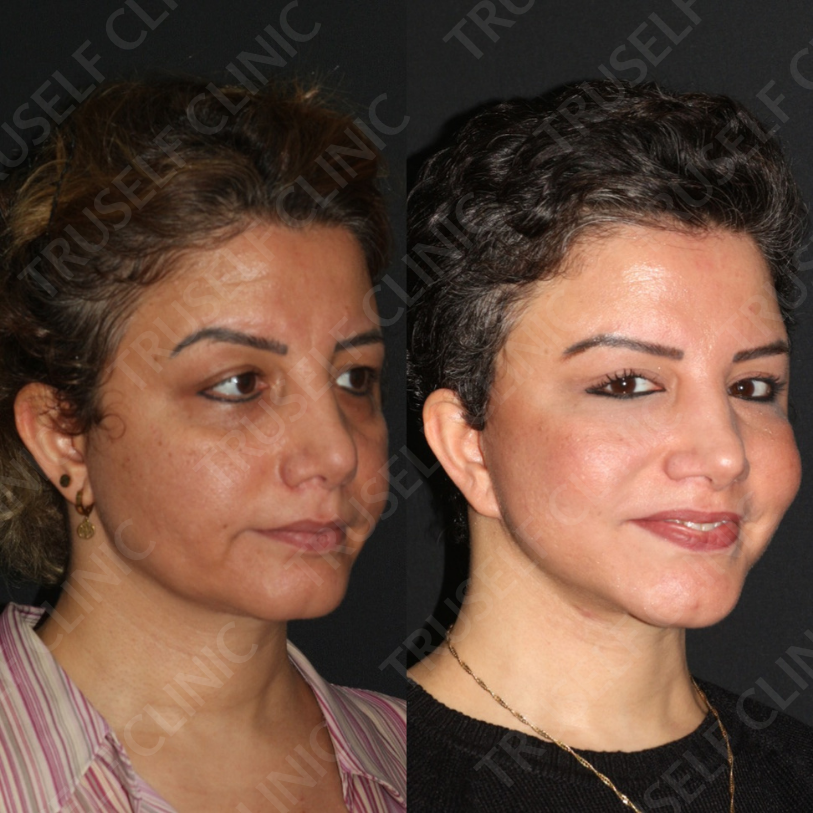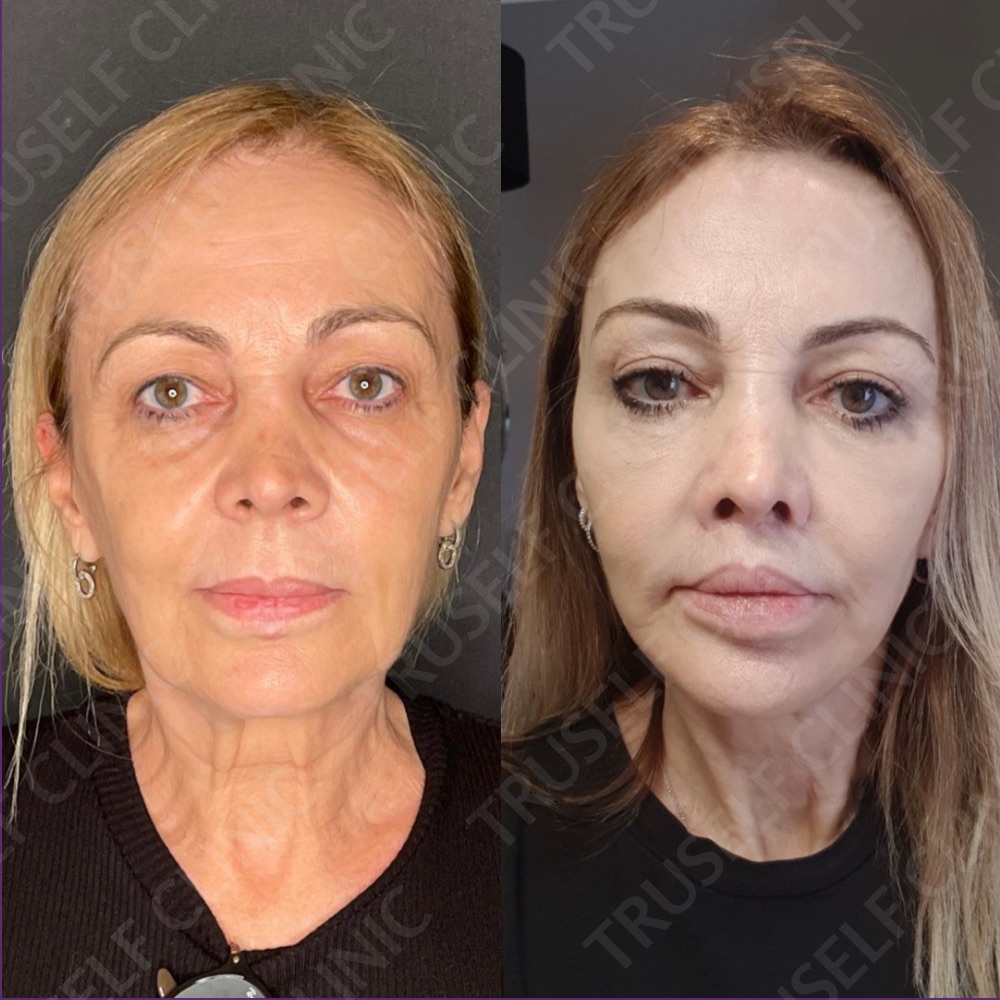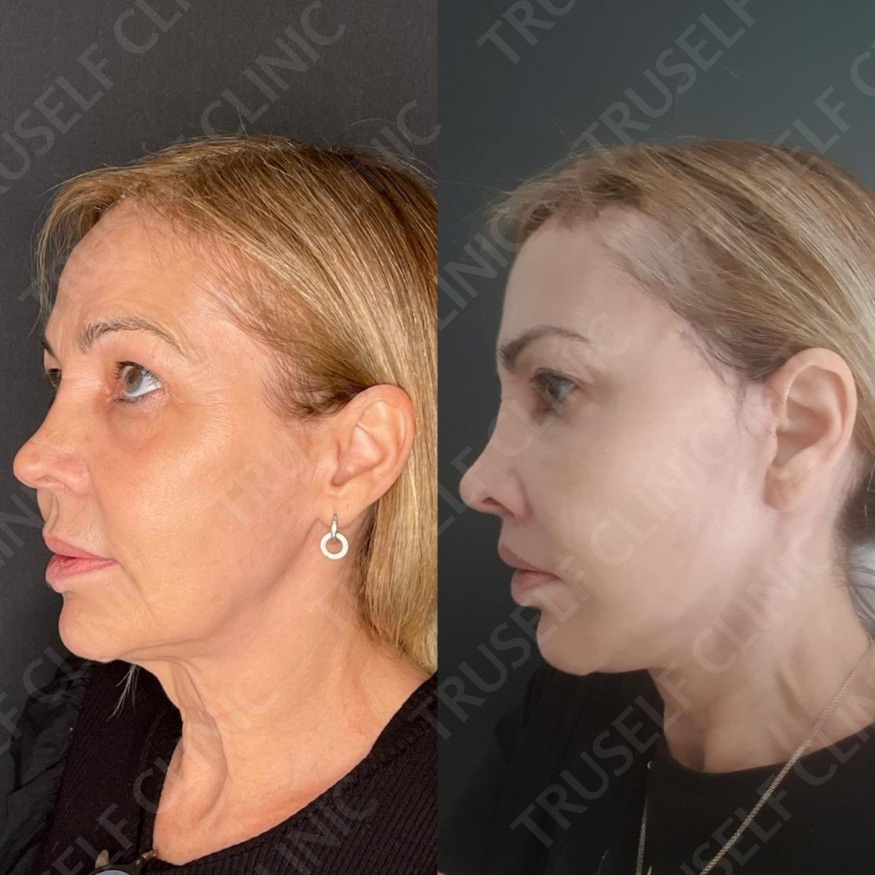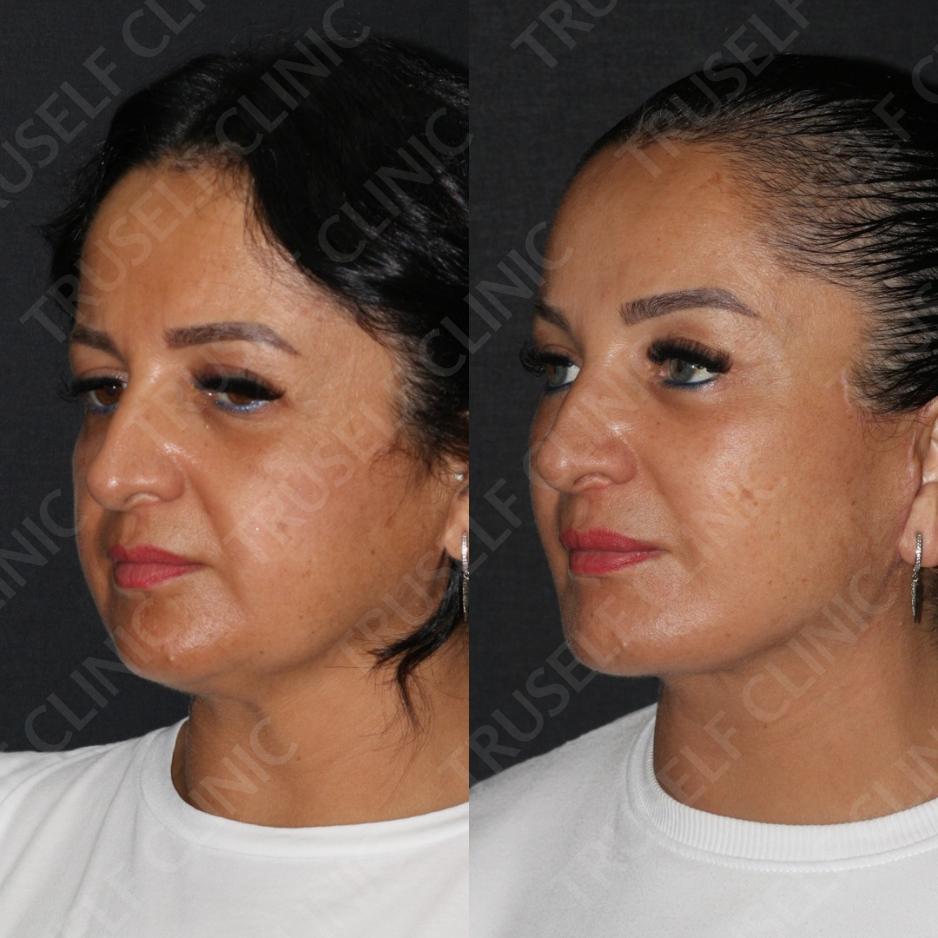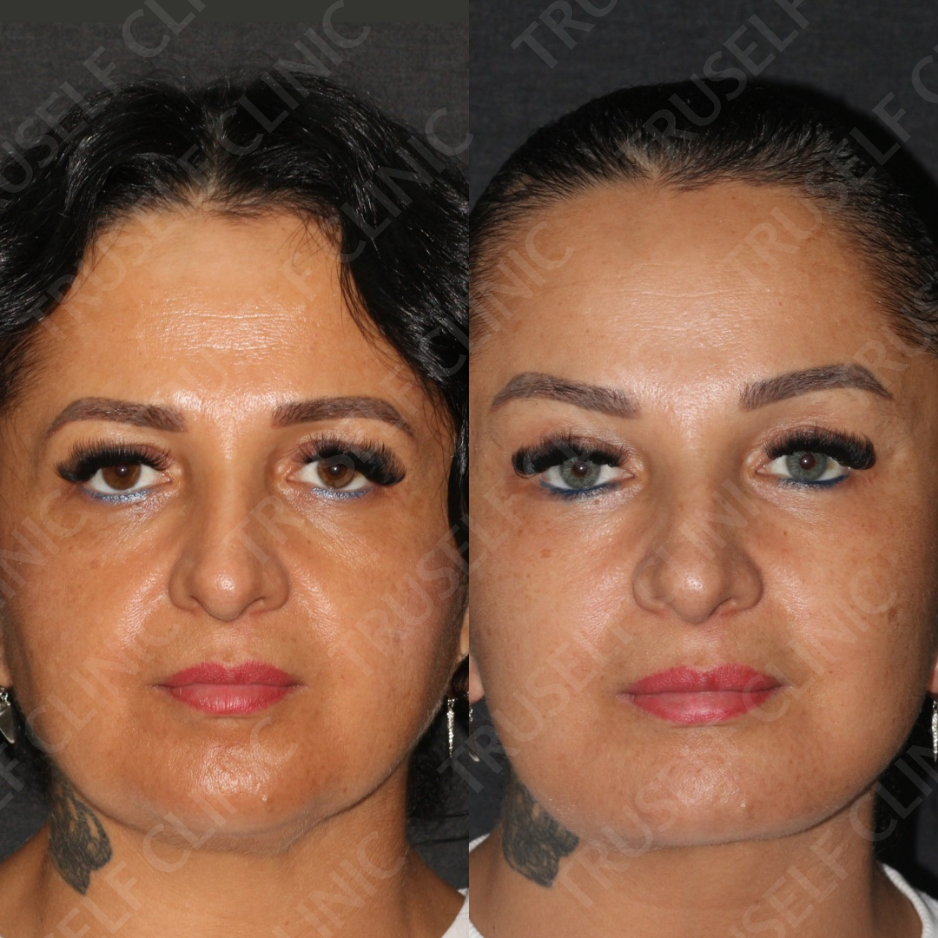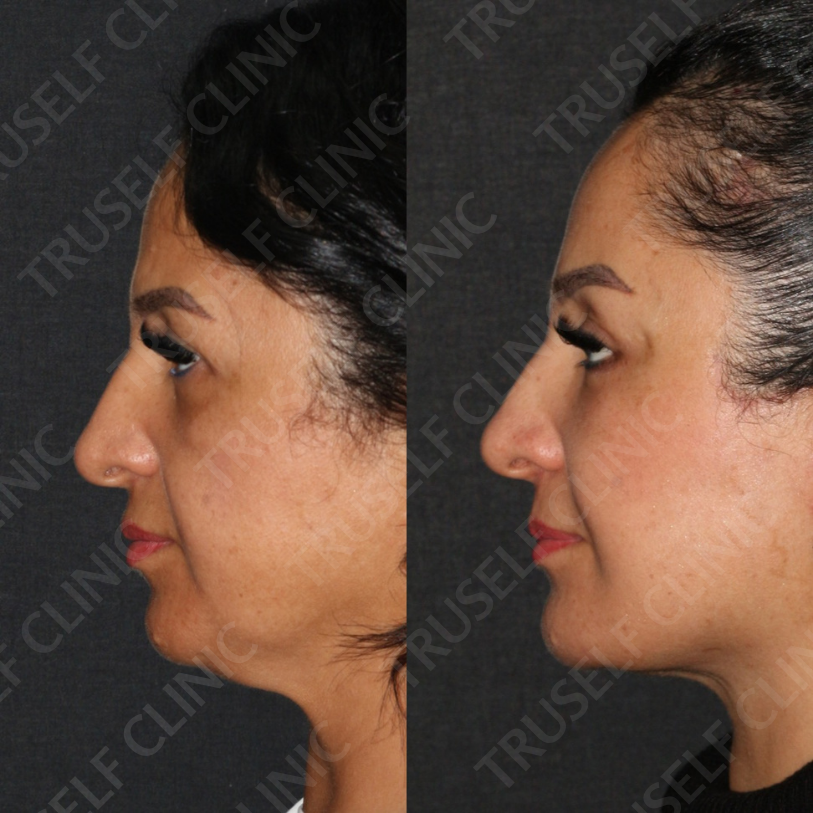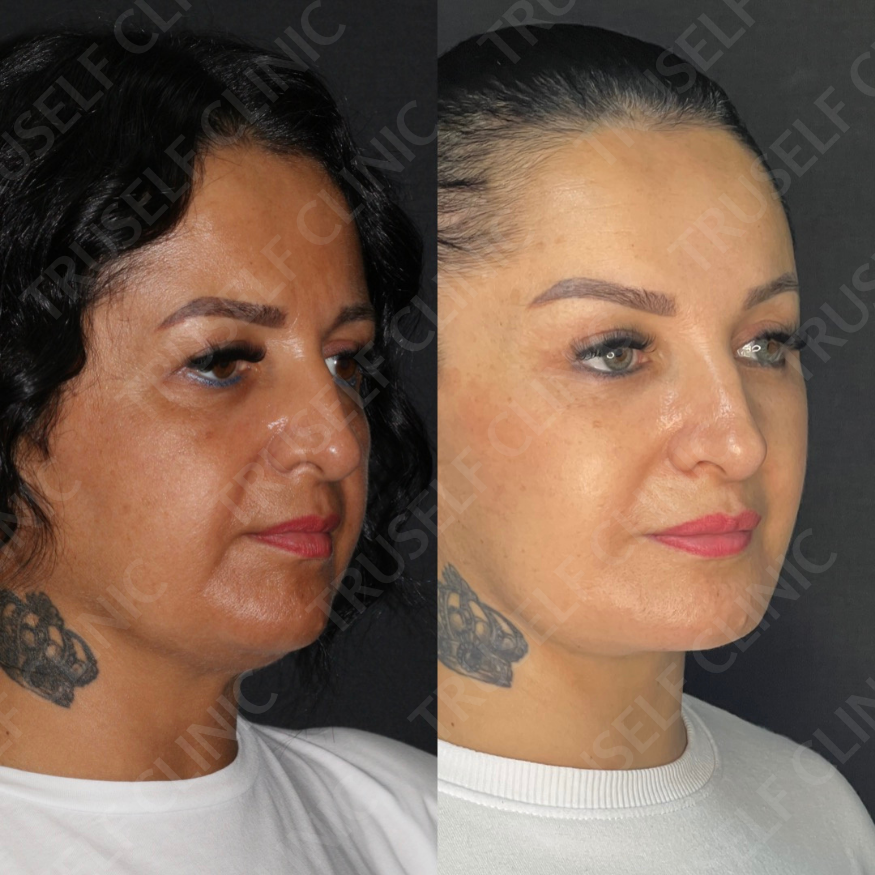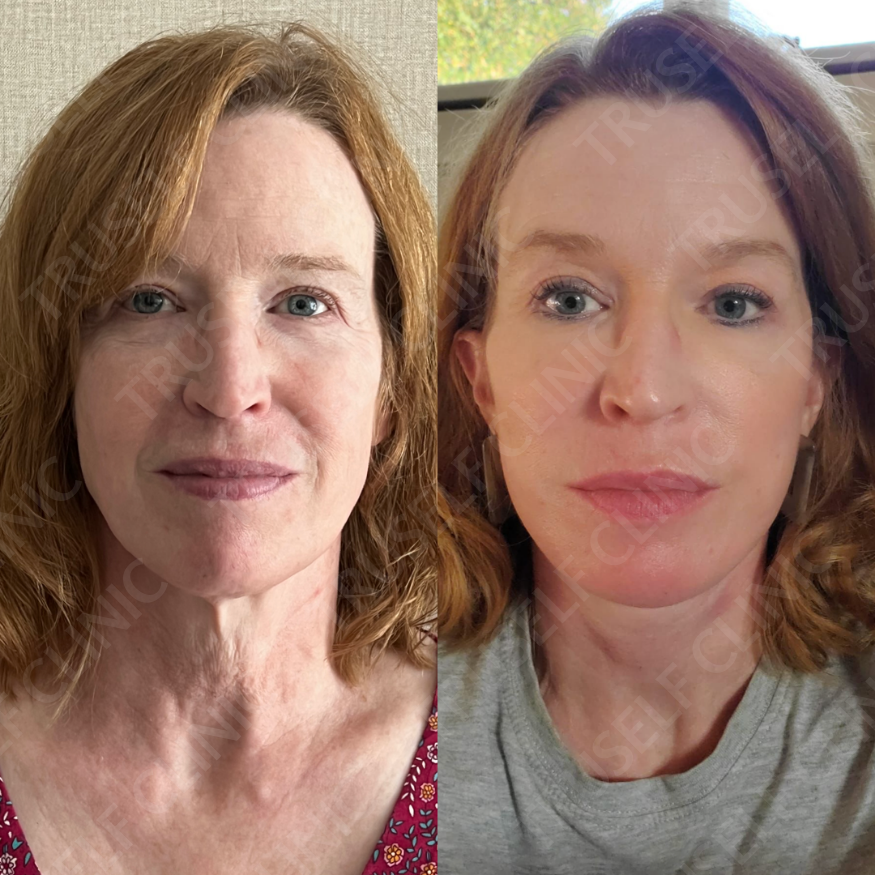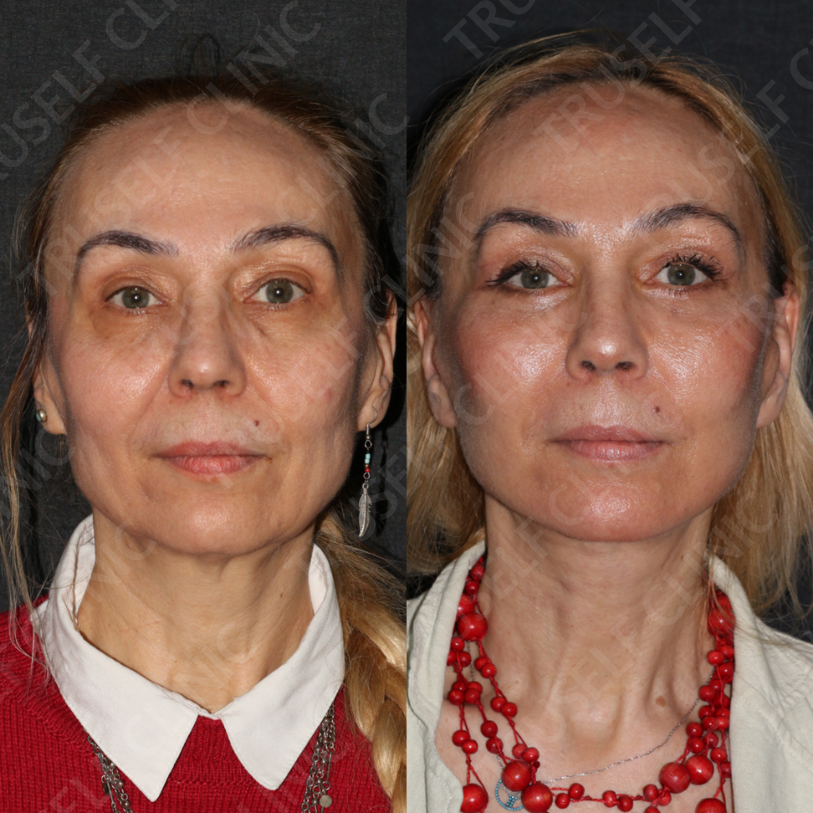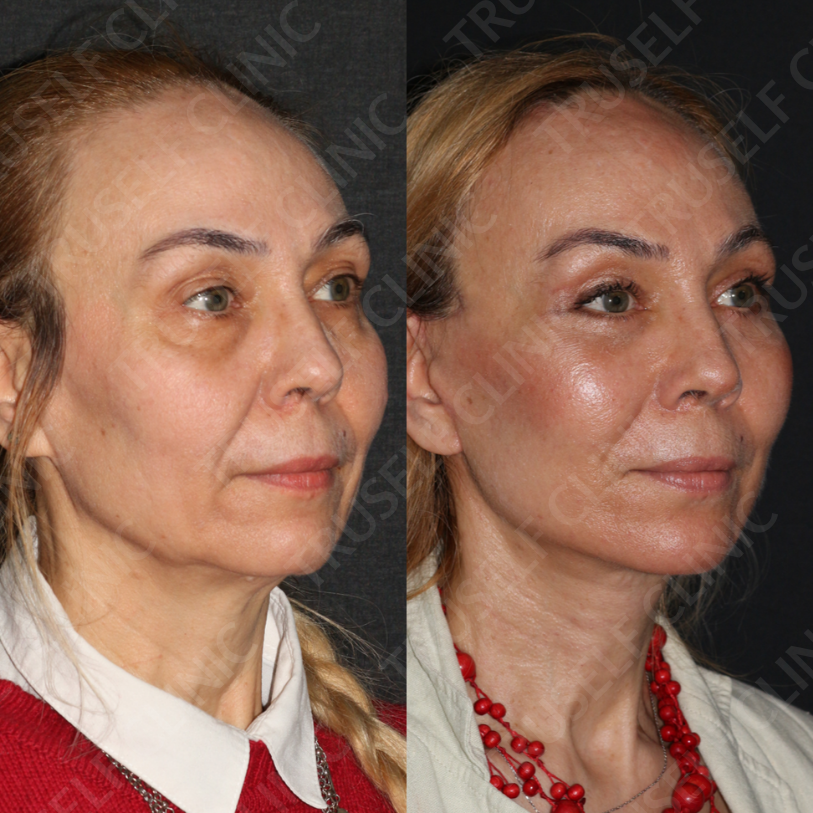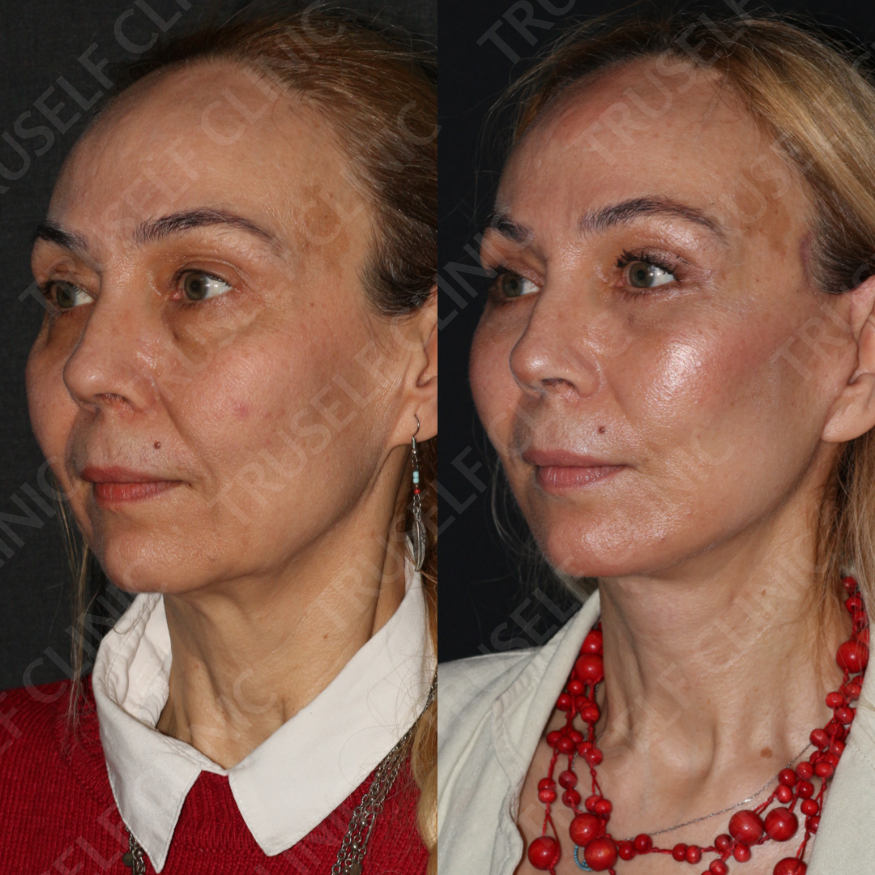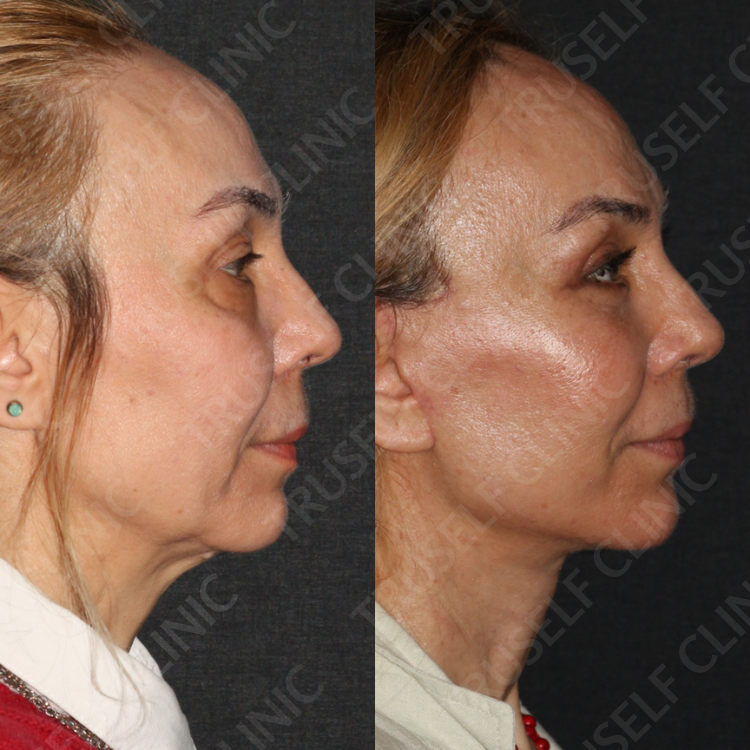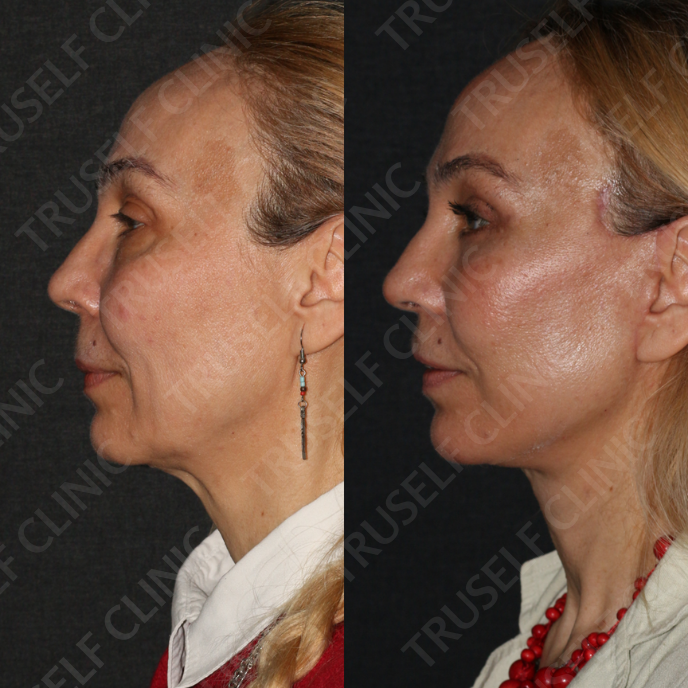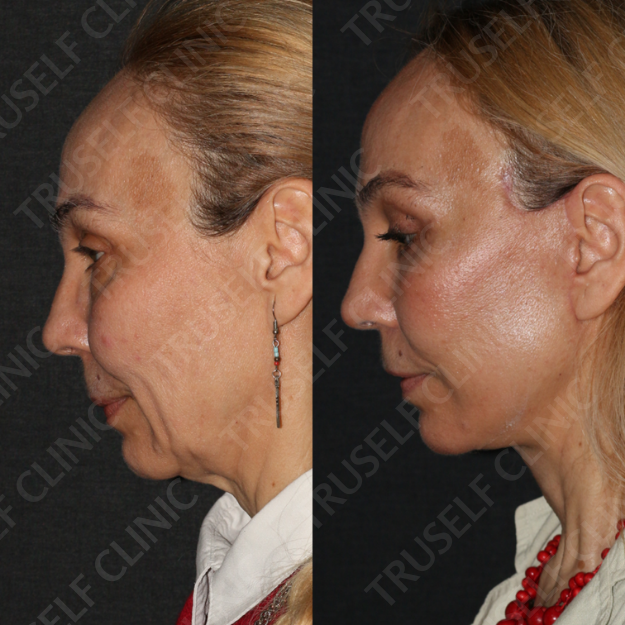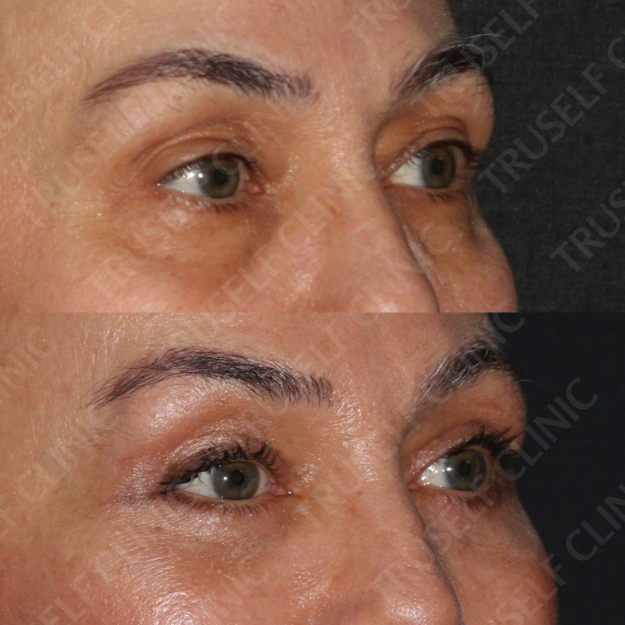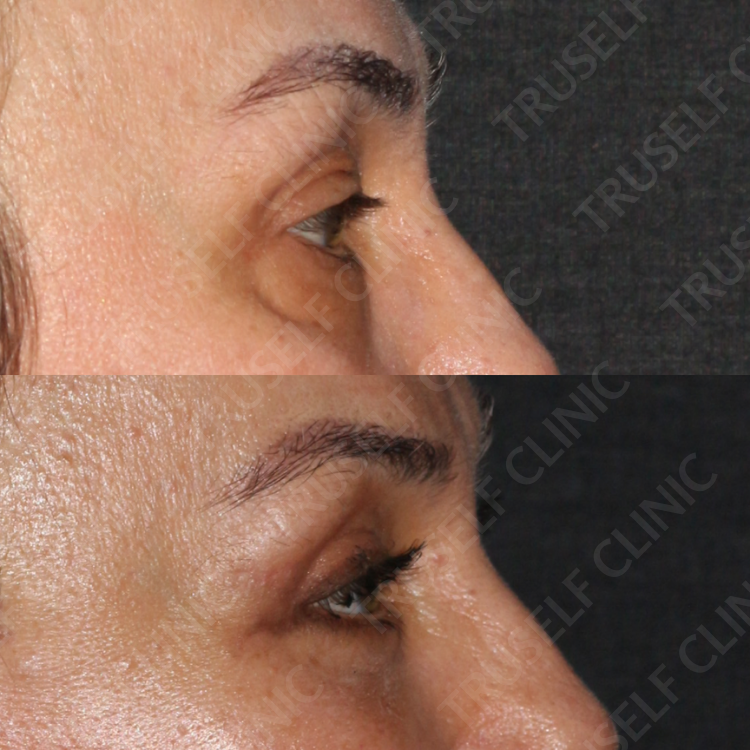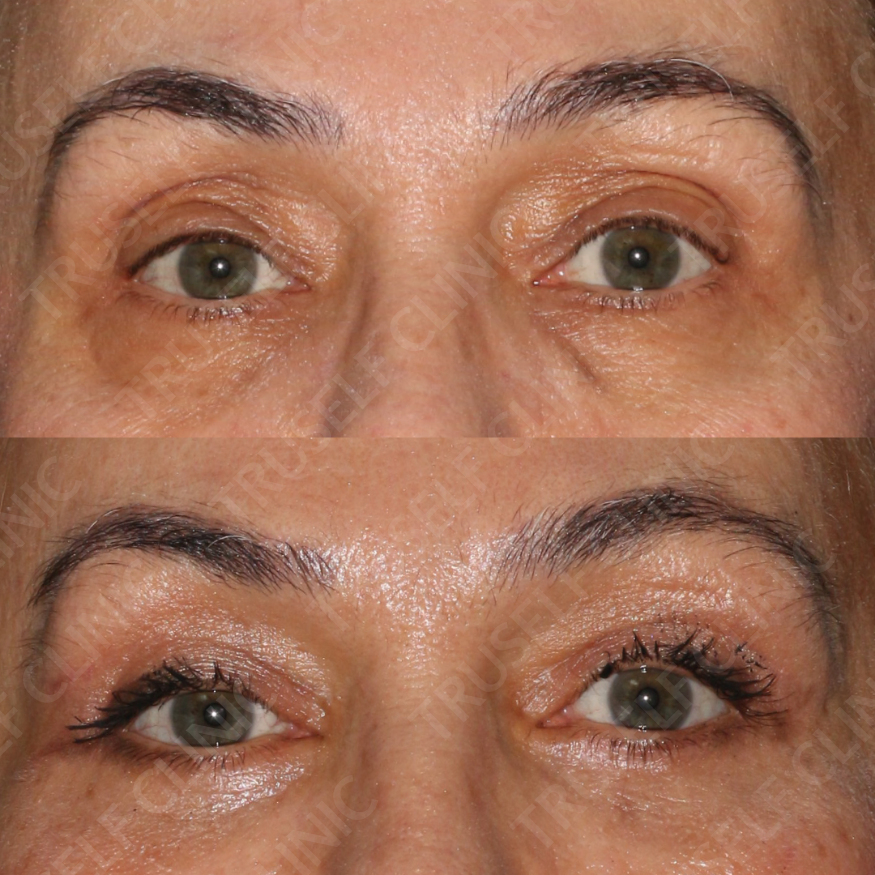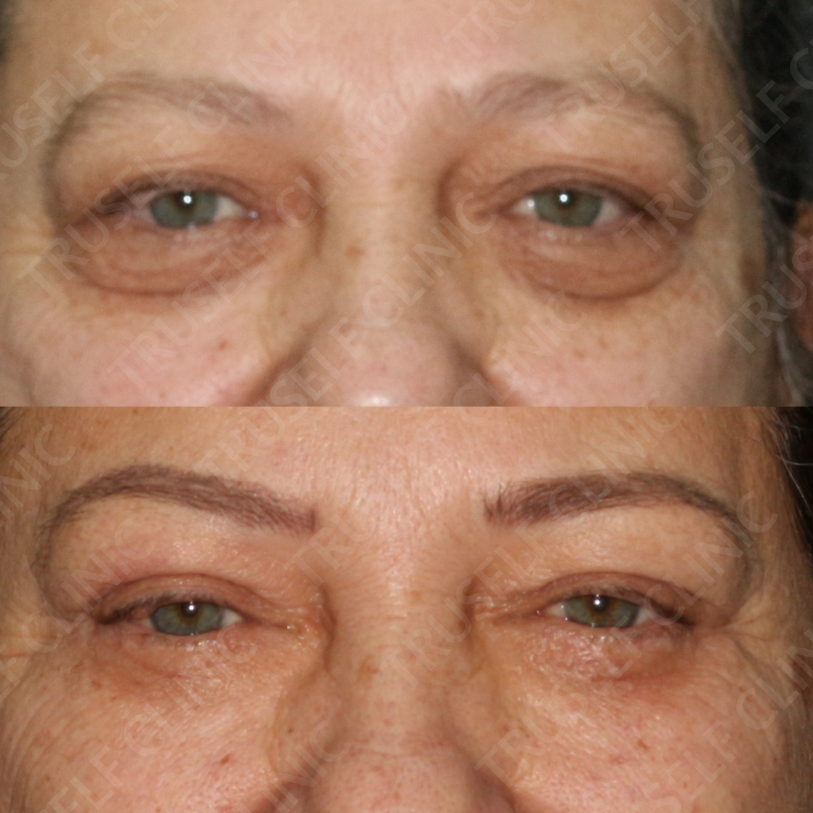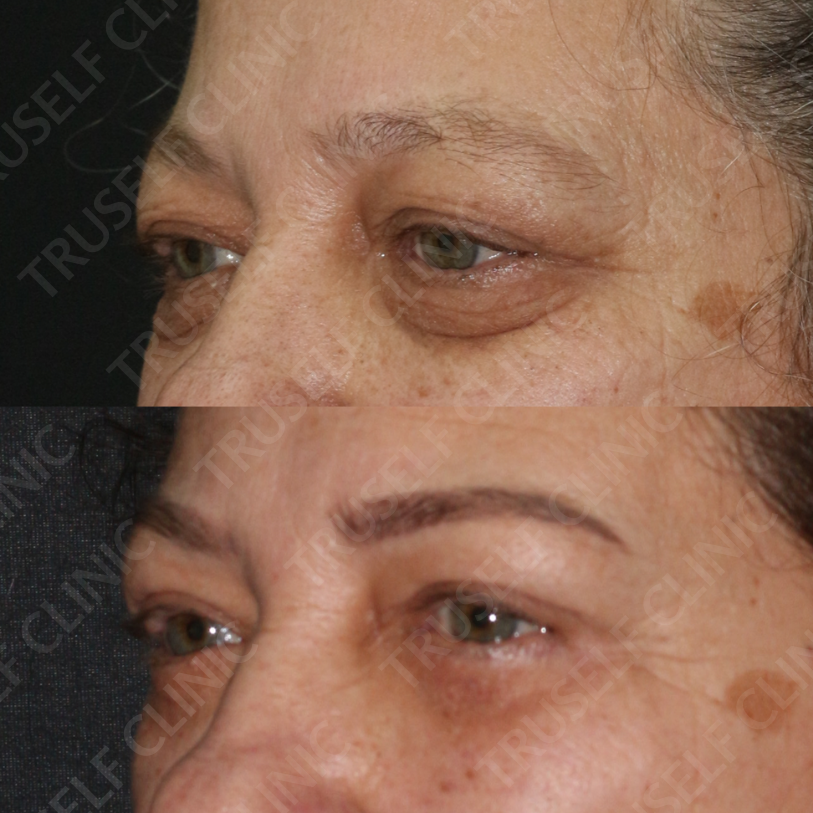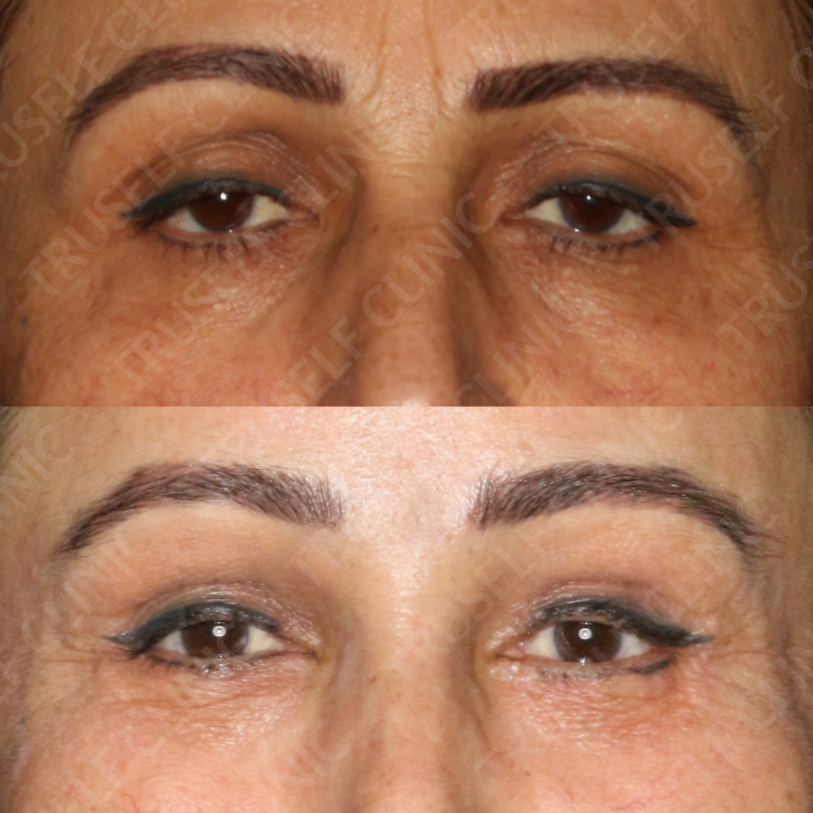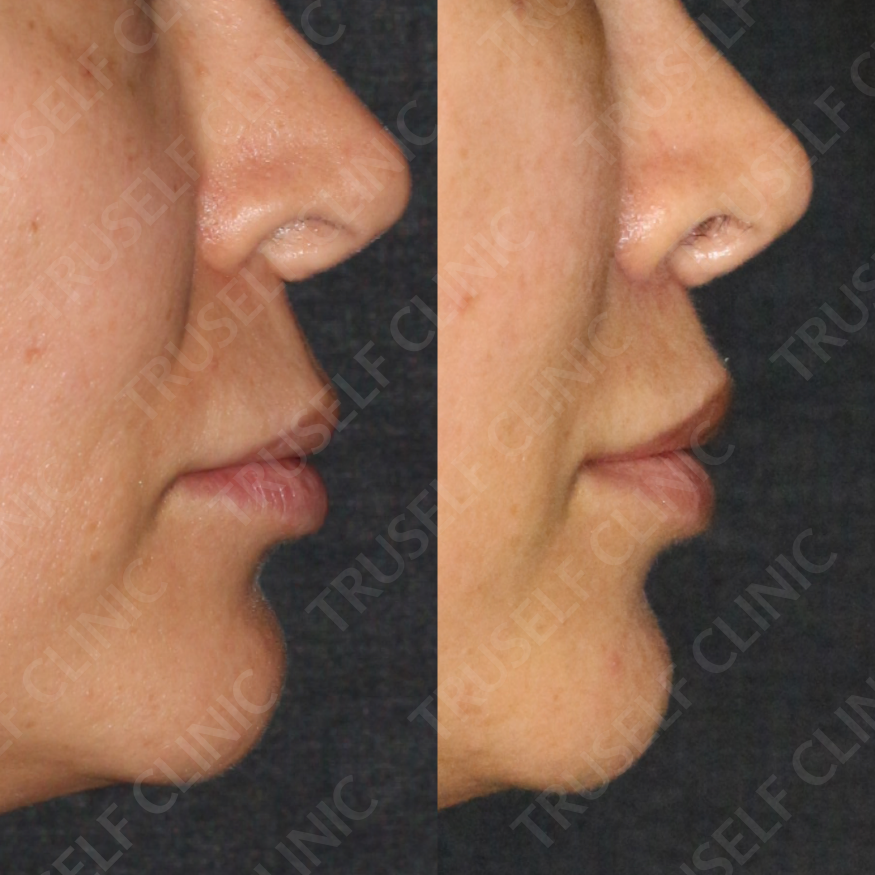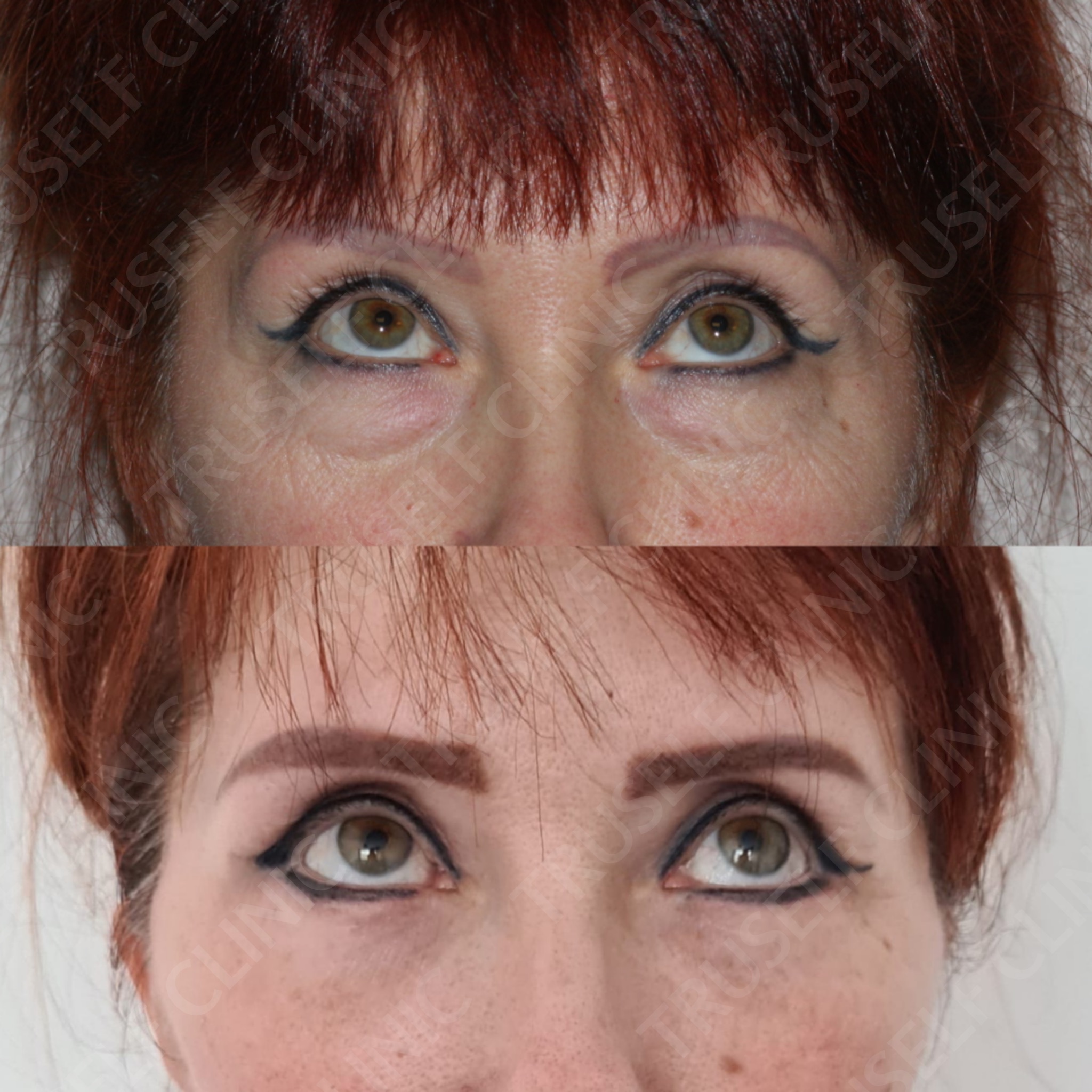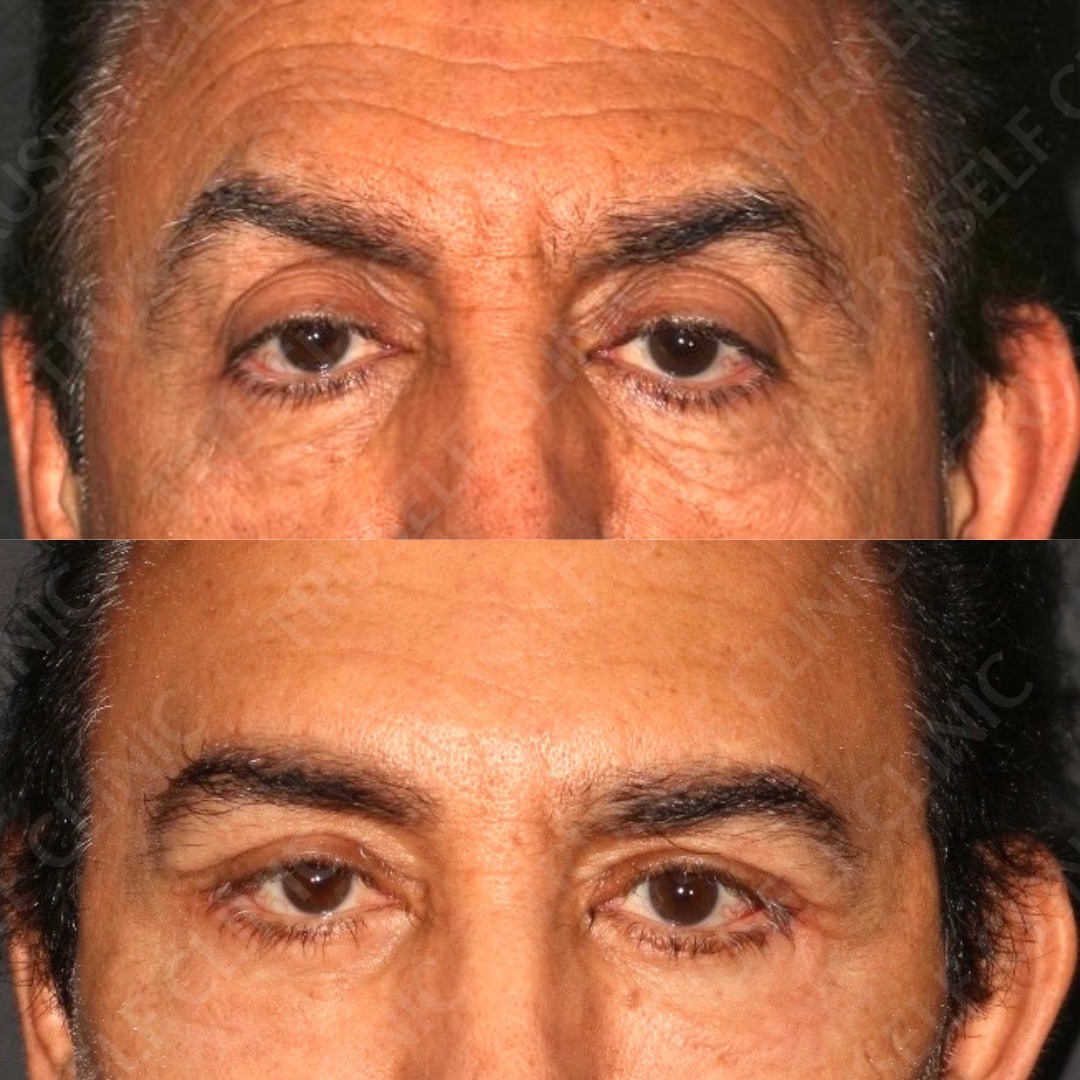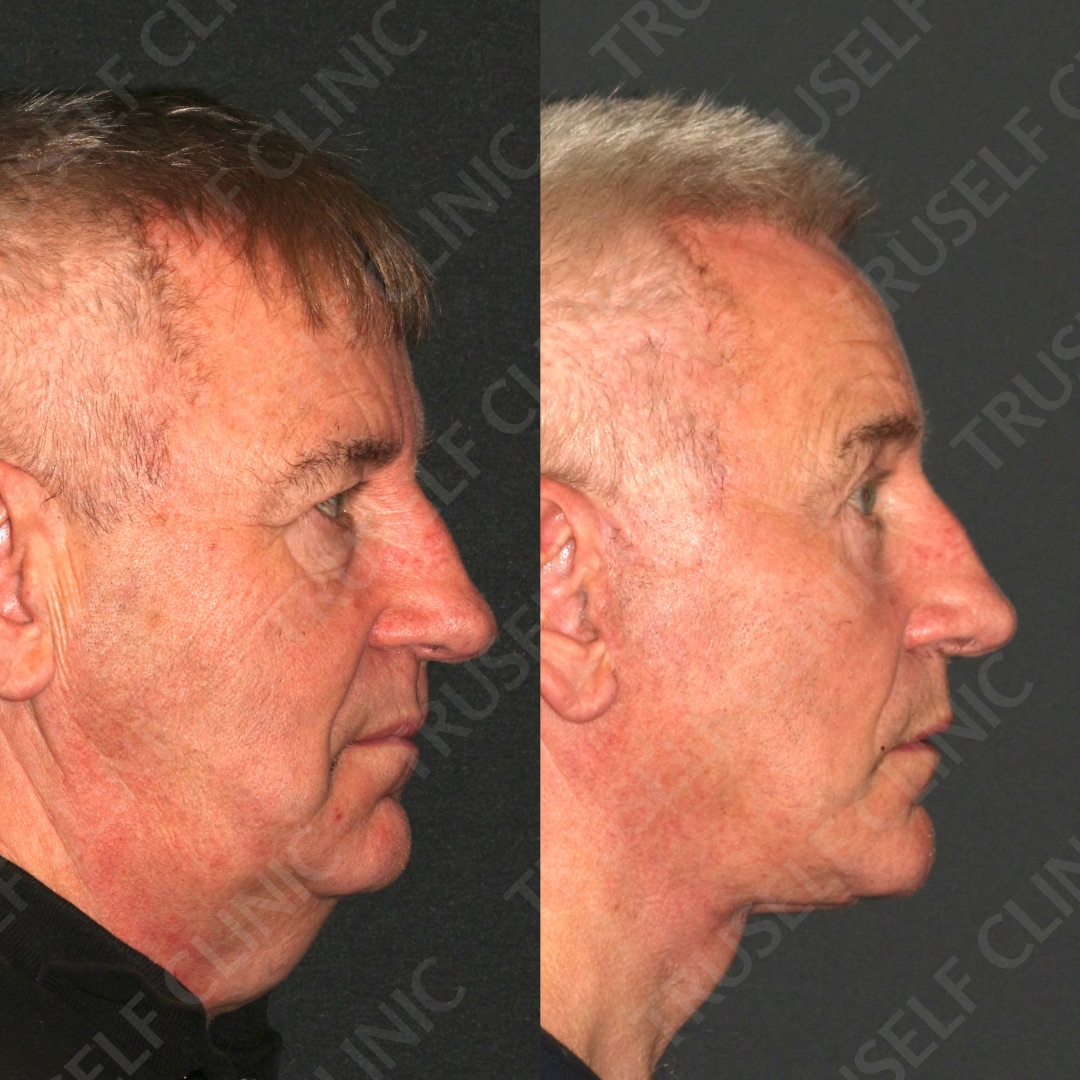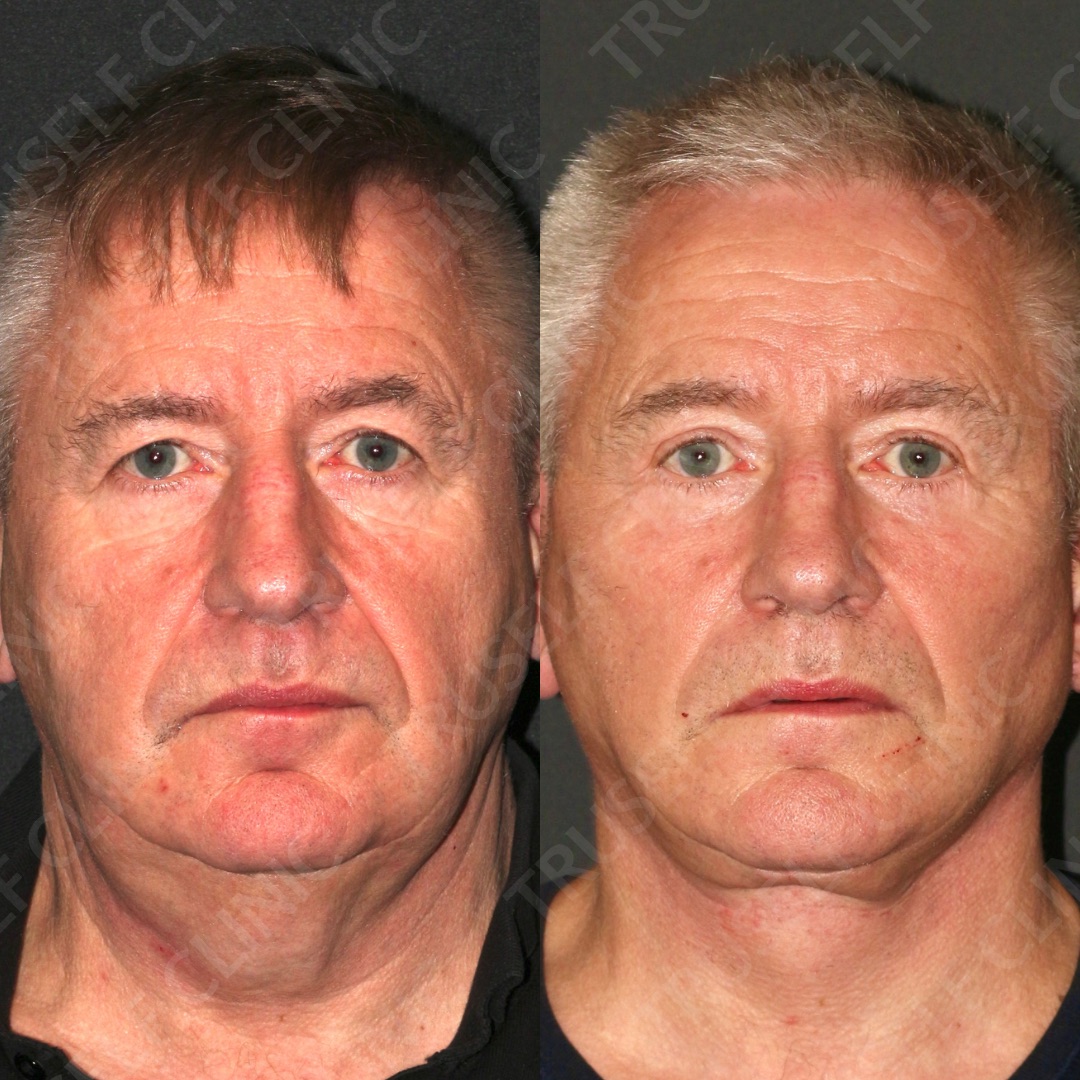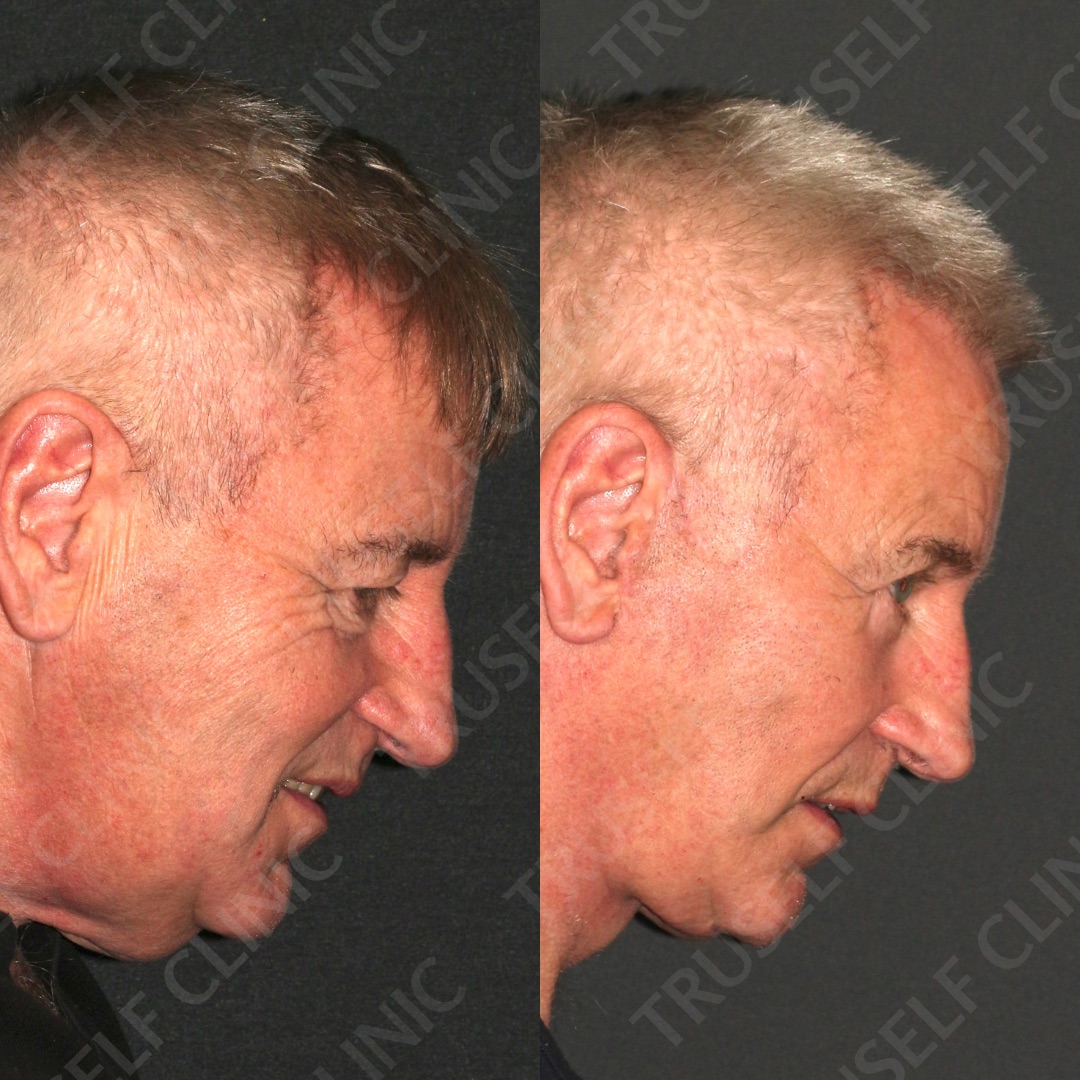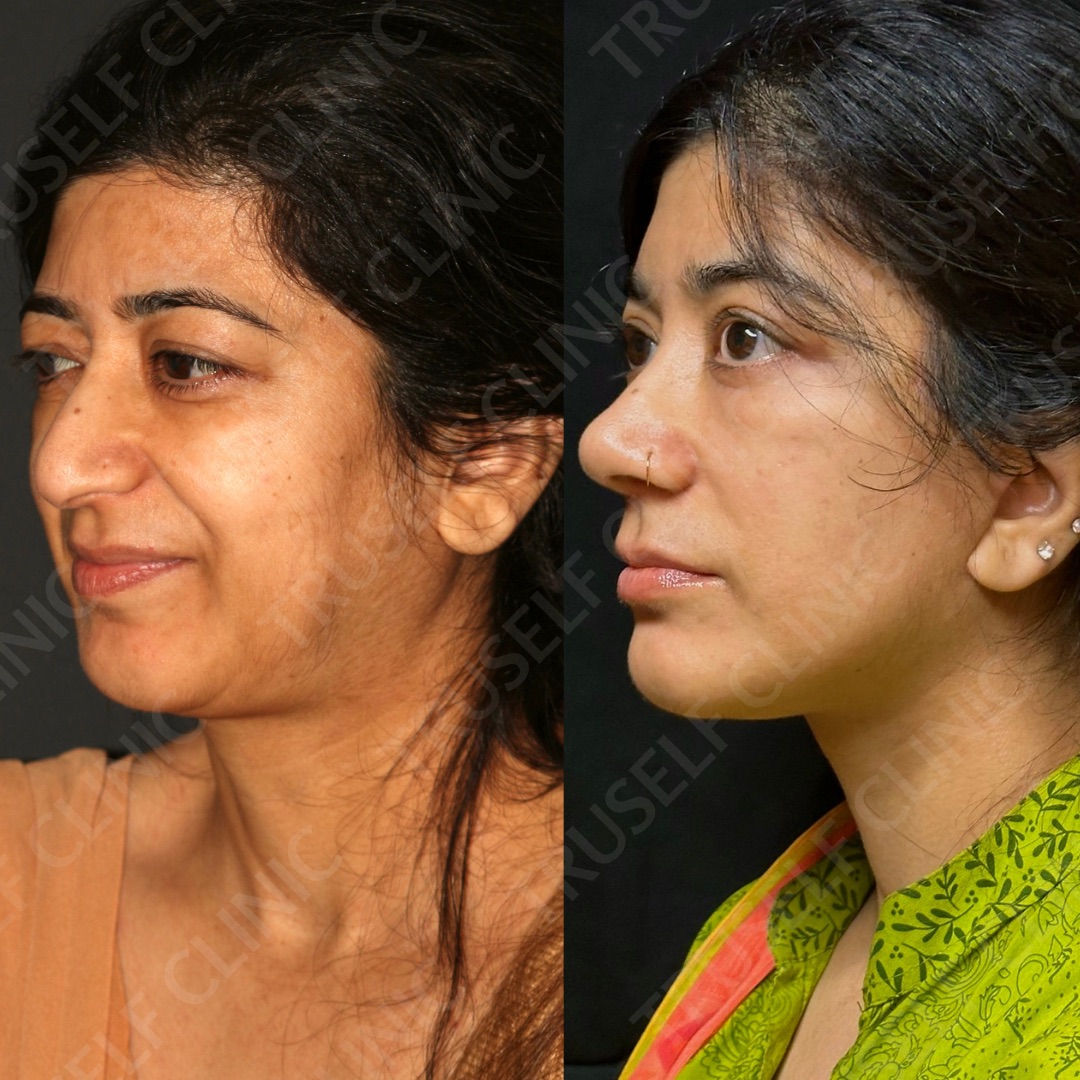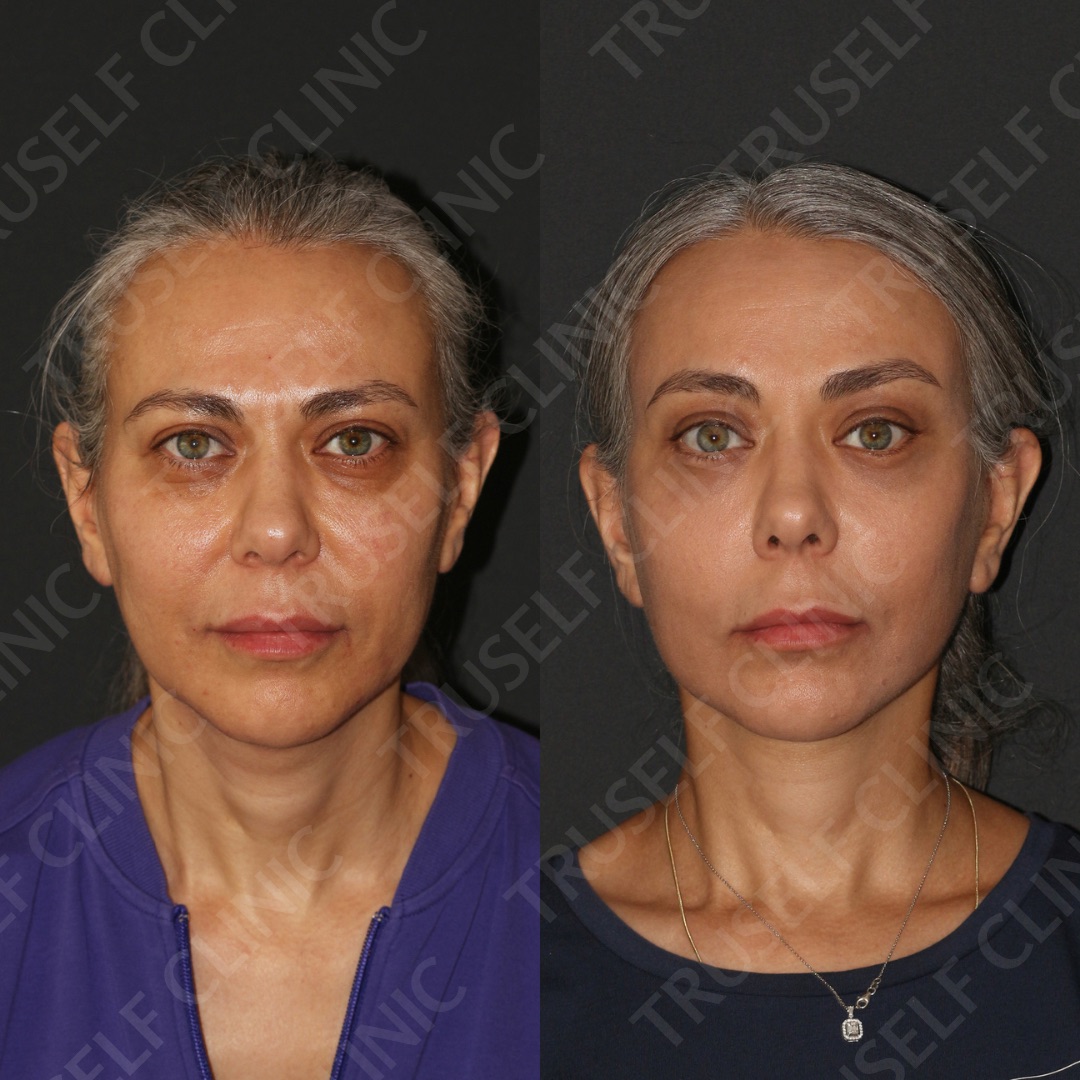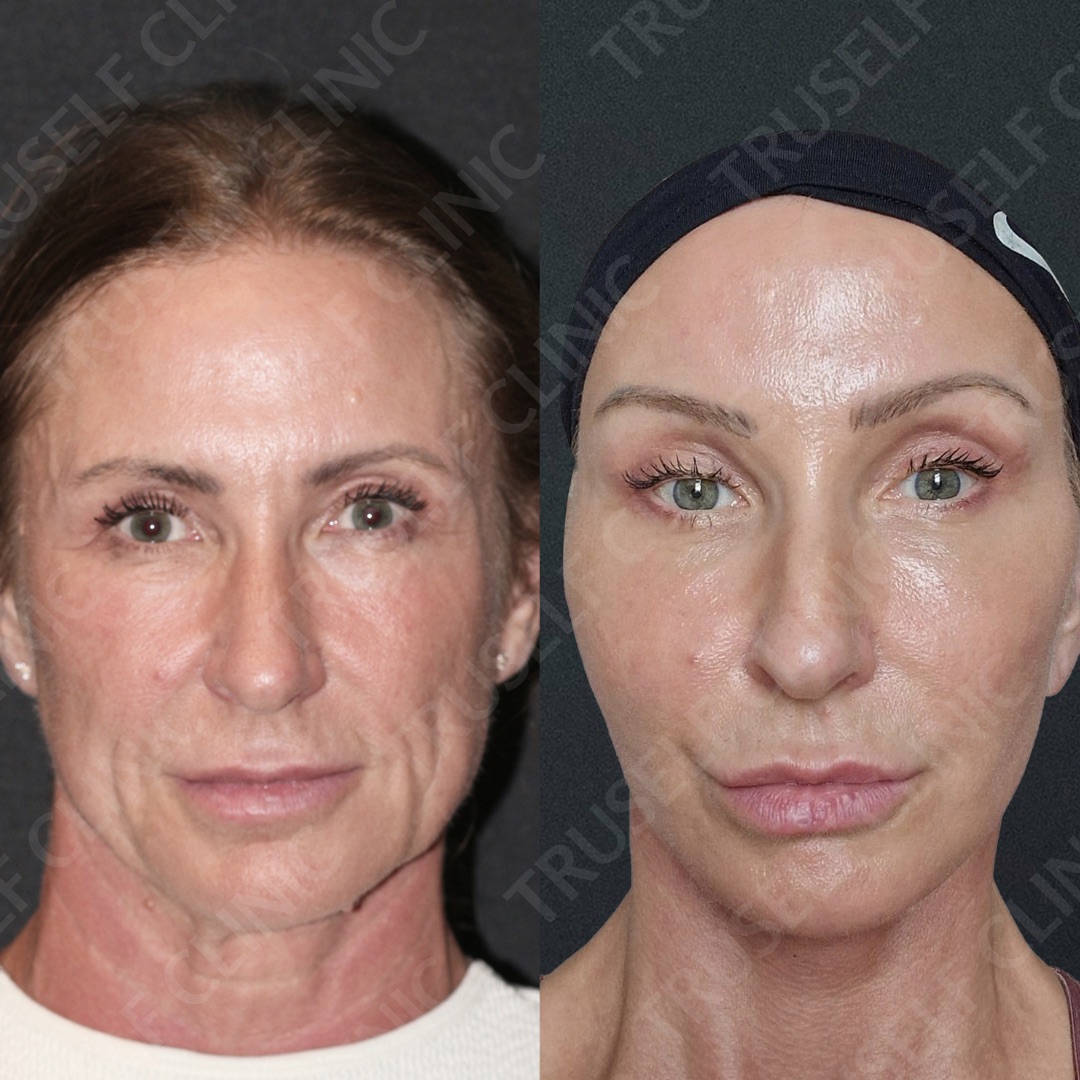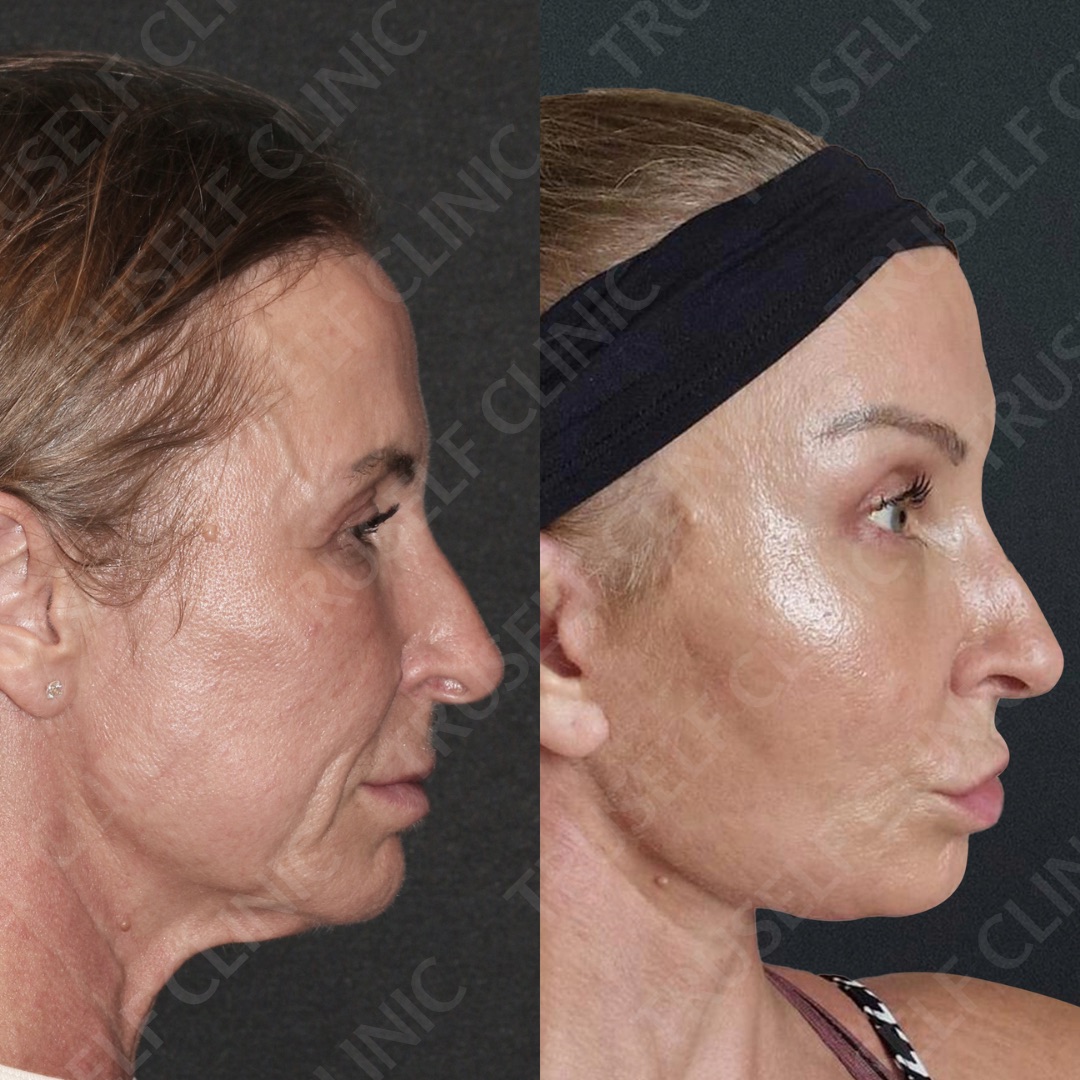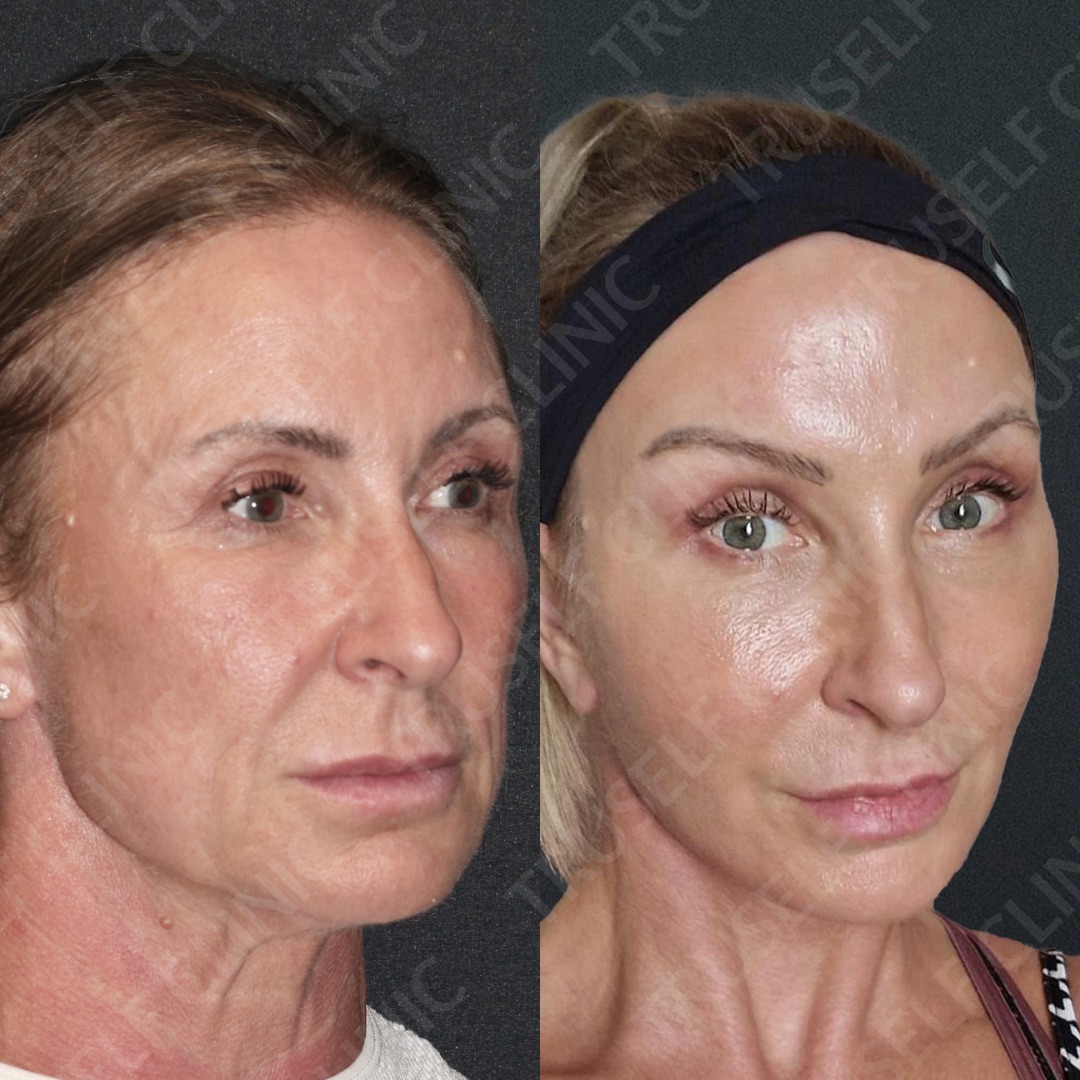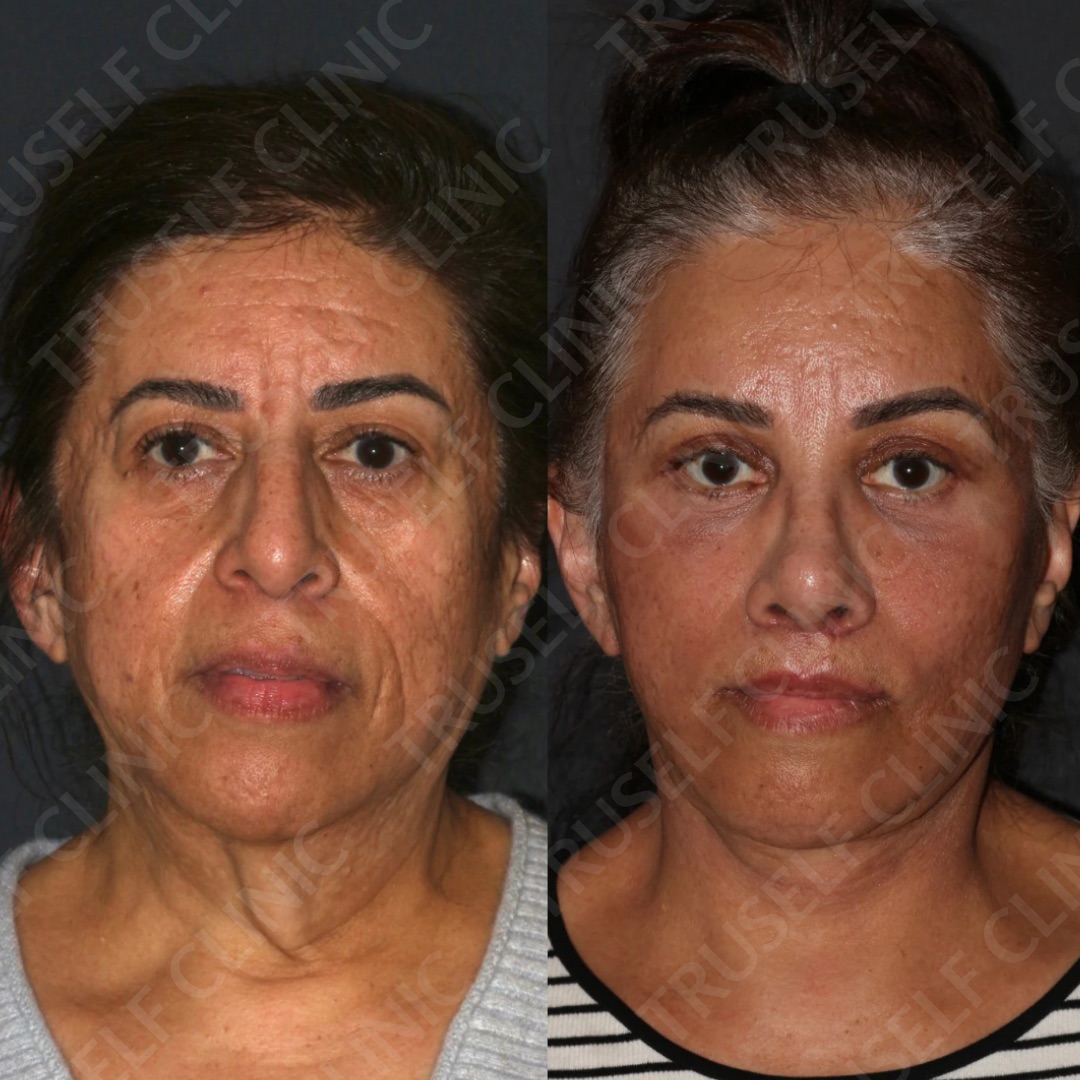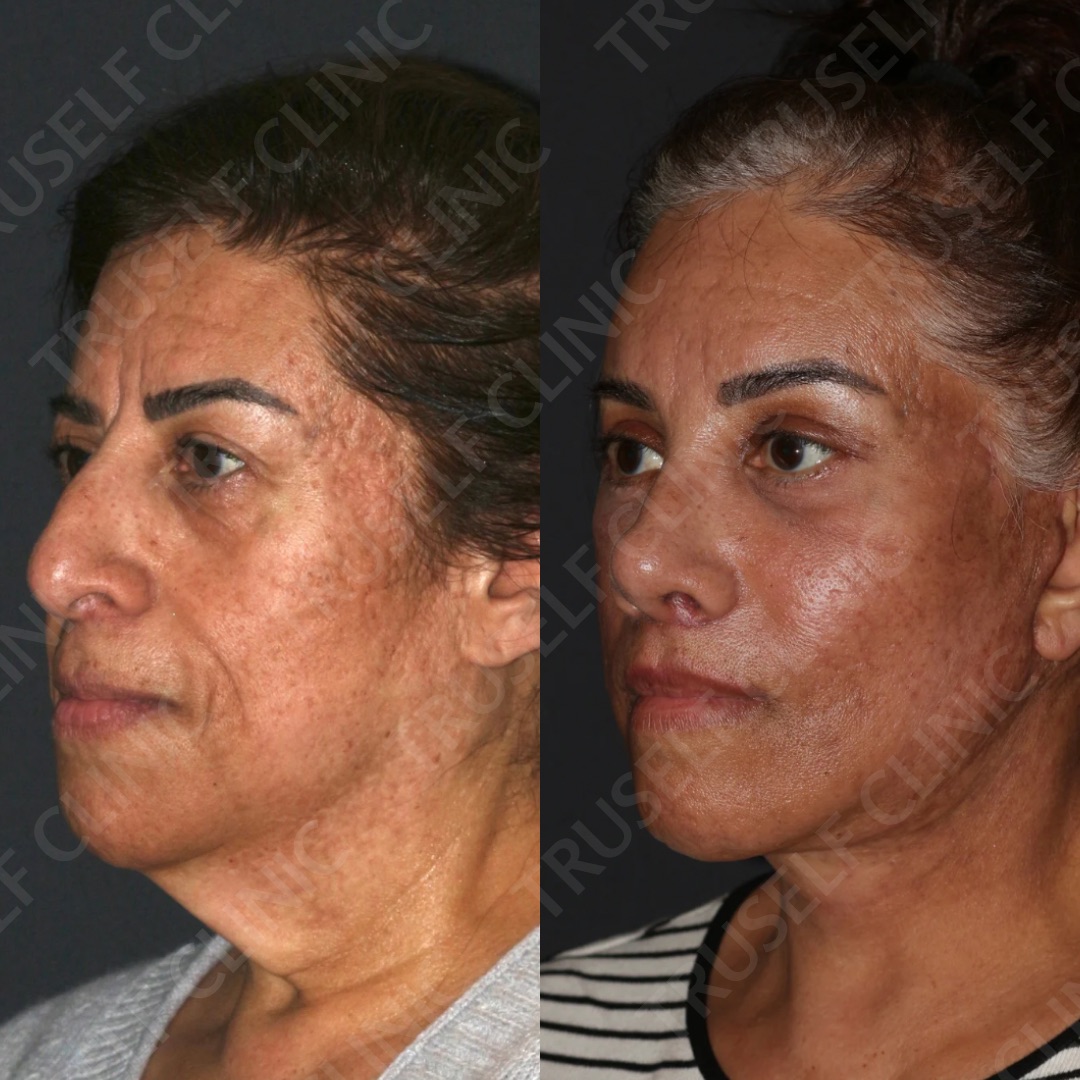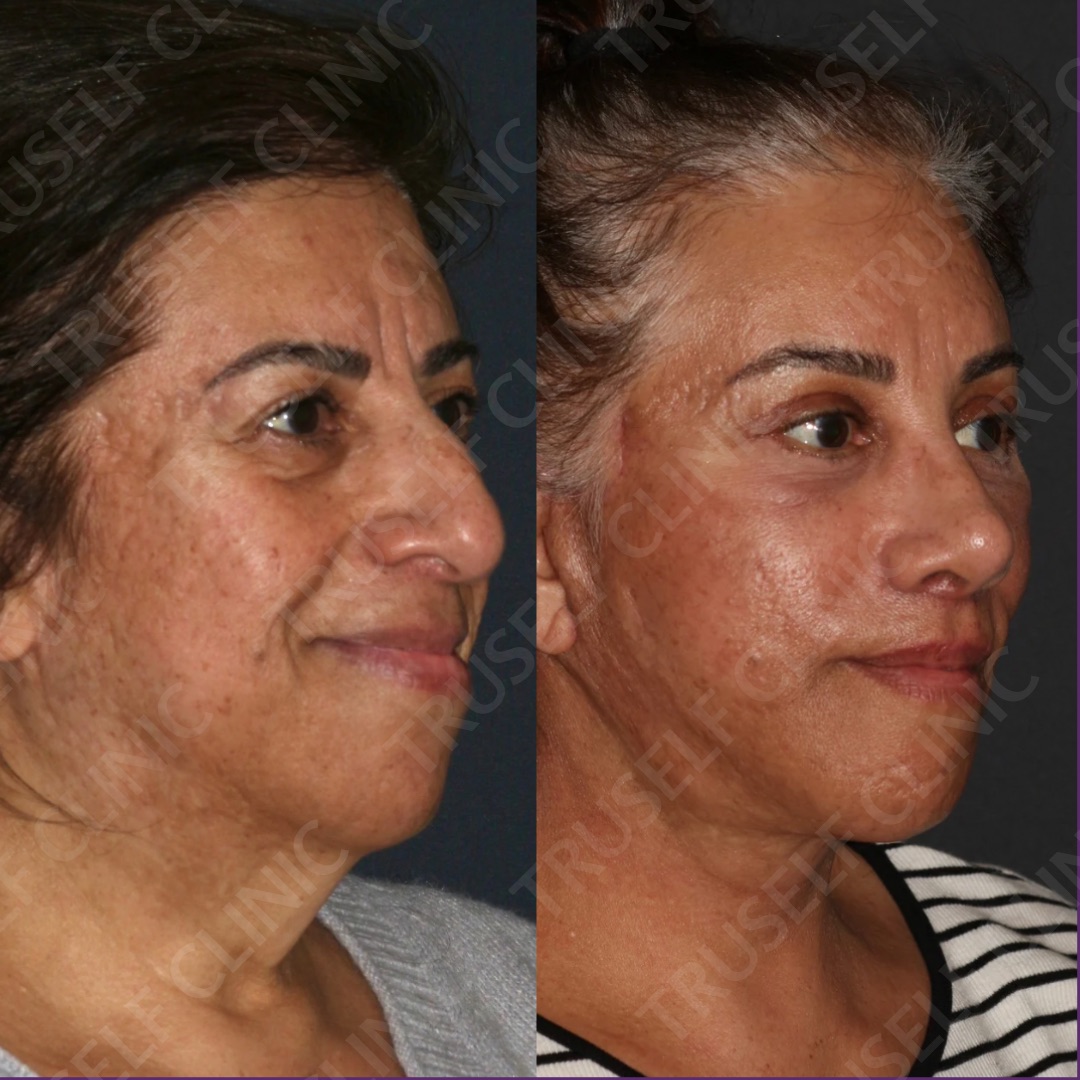Otoplasty
Otoplasty is a surgical procedure that is performed to alter the shape, size, or position of the ears. It is also known as ear reshaping surgery or ear pinning. Otoplasty can be performed on both adults and children and is commonly used to correct a range of aesthetic issues with the ears.
- Protruding ears: This is a condition where the ears stick out from the head more than usual, and otoplasty can be used to reduce the angle between the ear and the head.
- Large ears: If someone has ears that are considered too big for their head, otoplasty can reduce their size.
- Misshapen ears: If someone's ears are misshapen due to a birth defect, injury, or other reasons, otoplasty can be used to reshape them.
- Torn or stretched earlobes: If someone has a torn or stretched earlobe, otoplasty can be used to repair it.
During the procedure, the surgeon will typically make incisions behind the ears or within the natural folds of the ear, depending on the specific technique used. The cartilage may be reshaped, and excess skin and tissue may be removed. The incisions are then closed with sutures, and the patient is typically sent home the same day.
Who is a good candidate for otoplasty?
Otoplasty, also known as ear surgery, is a cosmetic procedure that can alter the size, shape, or position of the ears. A good candidate for otoplasty typically:
- Has realistic expectations: A good candidate for otoplasty should have realistic expectations for what the procedure can achieve.
- Is in good overall health: Otoplasty is a surgical procedure, so a good candidate should be in good overall health and free from any medical conditions that could increase the risk of complications.
- Has fully developed ears: Otoplasty is typically not performed on young children until their ears have fully developed, usually around the age of 5 or 6.
- Is bothered by the appearance of their ears: A good candidate for otoplasty should be bothered by the appearance of their ears and feel that the procedure could improve their self-confidence.
- Has stable ear cartilage: The success of otoplasty depends on the stability of the ear cartilage, so a good candidate should have healthy, stable ear cartilage.
- Does not smoke: Smoking can increase the risk of complications during and after surgery, so a good candidate should not smoke or be willing to quit before the procedure.
- Has realistic expectations for recovery: Otoplasty is a surgical procedure and recovery can take several weeks, so a good candidate should be willing to follow post-operative instructions and allow for adequate recovery time.
As with any cosmetic procedure, it's important to discuss your goals and expectations with a qualified plastic surgeon to determine if otoplasty is right for you.
What are the risks of otoplasty?
As with any surgical procedure, otoplasty (ear surgery) comes with some risks and potential complications. These can include:
- Infection: All surgical procedures carry a risk of infection, and otoplasty is no exception.
- Hematoma: A hematoma is a collection of blood that can form under the skin and cause swelling and discomfort. It can occur after otoplasty.
- Scarring: Although plastic surgeons strive to make incisions in inconspicuous areas, some scarring is inevitable with any surgical procedure.
- Numbness or altered sensation: After otoplasty, some patients may experience temporary numbness or altered sensation around the ears.
- Asymmetry: As with any cosmetic procedure, there is a risk of asymmetry or uneven results.
- Overcorrection or undercorrection: In some cases, the ears may be overcorrected or undercorrected, resulting in an unnatural appearance.
- Allergic reaction: Some patients may experience an allergic reaction to the anesthesia or other medications used during the procedure.
It's important to discuss the potential risks and complications of otoplasty with a qualified plastic surgeon before undergoing the procedure. Additionally, following all pre-operative and post-operative instructions can help reduce the risk of complications and promote a successful recovery.
How to get ready for otoplasty?
Before undergoing otoplasty (ear surgery), there are several steps you can take to prepare yourself for the procedure and optimize your recovery. Here are some things to consider:
- Find a qualified plastic surgeon: Choosing a qualified and experienced plastic surgeon is essential for a successful outcome. Look for a board-certified plastic surgeon who specializes in otoplasty and has a good track record of success.
- Discuss your goals and expectations: During your consultation with the plastic surgeon, be clear about your goals and expectations for the procedure. This will help the surgeon determine the best approach to meet your needs.
- Follow pre-operative instructions: The plastic surgeon will provide you with specific instructions to follow before the procedure, such as avoiding certain medications and stopping smoking. It's important to follow these instructions carefully to reduce the risk of complications.
- Arrange for transportation and support: You will need someone to drive you home after the procedure and assist you during the first few days of your recovery. Make arrangements for transportation and support in advance.
- Prepare your home for recovery: Before the procedure, make sure your home is clean and comfortable for your recovery. Stock up on healthy foods, ice packs, and any necessary medications or supplies.
- Take time off work or school: Plan to take at least a week off work or school to allow for a proper recovery period.
- Practice self-care: Leading up to the procedure, practice good self-care habits such as eating a healthy diet, getting enough sleep, and managing stress to help prepare your body for surgery.
Your plastic surgeon will provide you with more detailed instructions on how to prepare for otoplasty. It's important to follow these instructions carefully to ensure a successful outcome and a smooth recovery.
How to take care of yourself after otoplasty?
After otoplasty (ear surgery), it's important to take proper care of yourself to promote healing and prevent complications. Here are some tips on how to take care of yourself after otoplasty:
- Follow post-operative instructions: Your plastic surgeon will provide you with specific instructions to follow after the procedure, such as taking medications, wearing a bandage or head wrap, and avoiding certain activities. It's important to follow these instructions carefully to promote healing and reduce the risk of complications.
- Rest and limit physical activity: Plan to rest and limit physical activity for at least a week after the procedure. Avoid activities that may cause trauma or pressure to the ears, such as contact sports or sleeping on your side.
- Apply cold compresses: Applying cold compresses to the ears can help reduce swelling and discomfort. Use a clean, soft cloth or ice pack and apply it to the ears for 15-20 minutes at a time, several times a day.
- Keep the incision site clean: Keep the incision site clean and dry to prevent infection. Your plastic surgeon may provide you with instructions on how to clean the incision site.
- Avoid smoking and alcohol: Smoking and alcohol can impair healing and increase the risk of complications. Avoid smoking and alcohol for several weeks after the procedure.
- Eat a healthy diet: Eating a healthy, balanced diet can help promote healing and reduce the risk of infection. Make sure to eat plenty of fruits, vegetables, and protein-rich foods.
- Follow up with your plastic surgeon: Attend all scheduled follow-up appointments with your plastic surgeon to ensure proper healing and address any concerns or issues that may arise.
It's important to follow these guidelines and any specific instructions provided by your plastic surgeon to ensure a successful outcome and a smooth recovery after otoplasty.
How is the healing process and scarring after otoplasty?
The healing process and scarring after otoplasty can vary depending on the specific technique used, but in general, it is a relatively straightforward procedure with minimal scarring.
During the procedure, your surgeon will make incisions behind the ears to expose the cartilage. They may then remove or reshape the cartilage to achieve the desired results. Once the cartilage has been reshaped, the surgeon will use sutures to hold the ear in its new position.
After the surgery, you will need to wear a bandage over your ears for a few days to protect them and help them heal properly. Your surgeon will provide specific instructions on how to care for your ears during this time, including how to clean them and how to avoid bumping or pulling on them.
Most patients can return to work or school within a week or two after the surgery, although it may take several weeks for the swelling and bruising to subside completely. As the swelling goes down, you should begin to see the final results of the procedure.
In terms of scarring, the incisions used in otoplasty are typically made behind the ears and are therefore well-hidden. Any scarring that does occur should be minimal and fade over time.
Overall, otoplasty is a safe and effective procedure that can help improve the appearance of the ears with minimal scarring and a relatively short recovery time. However, as with any surgery, there is always a risk of complications, so it is important to discuss your goals and concerns with your surgeon before deciding to undergo otoplasty.




